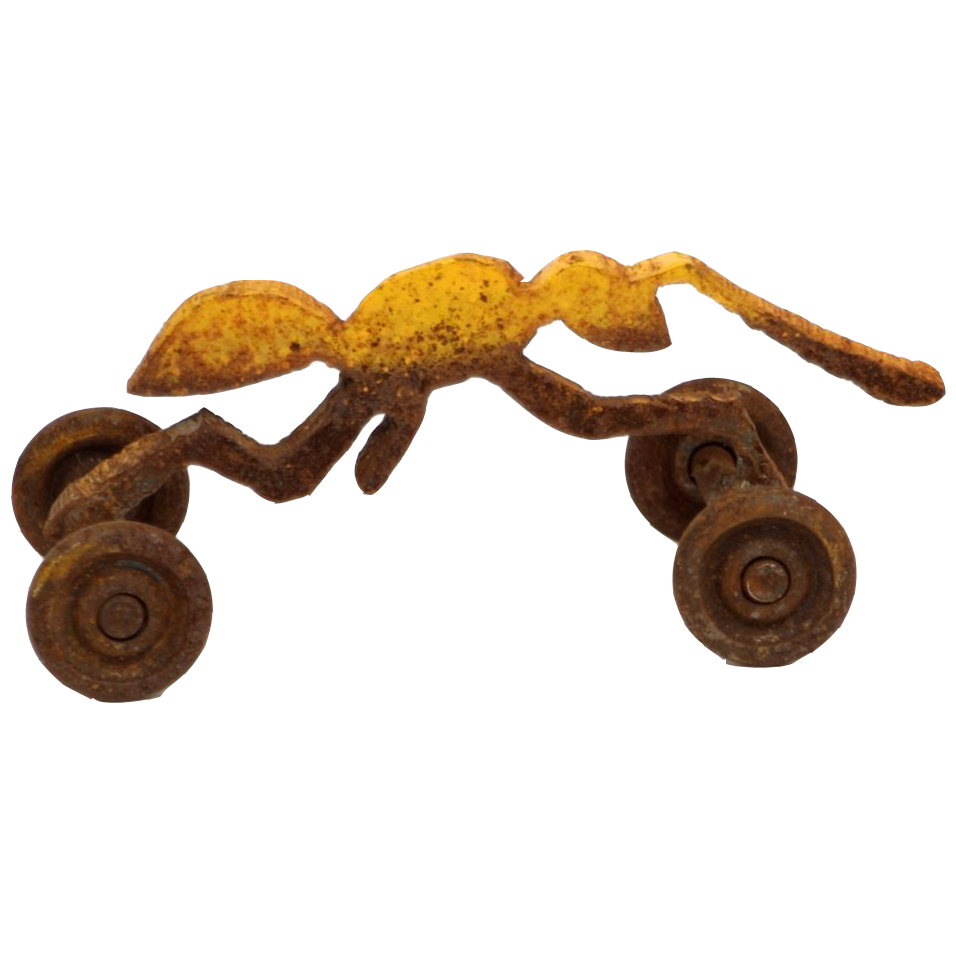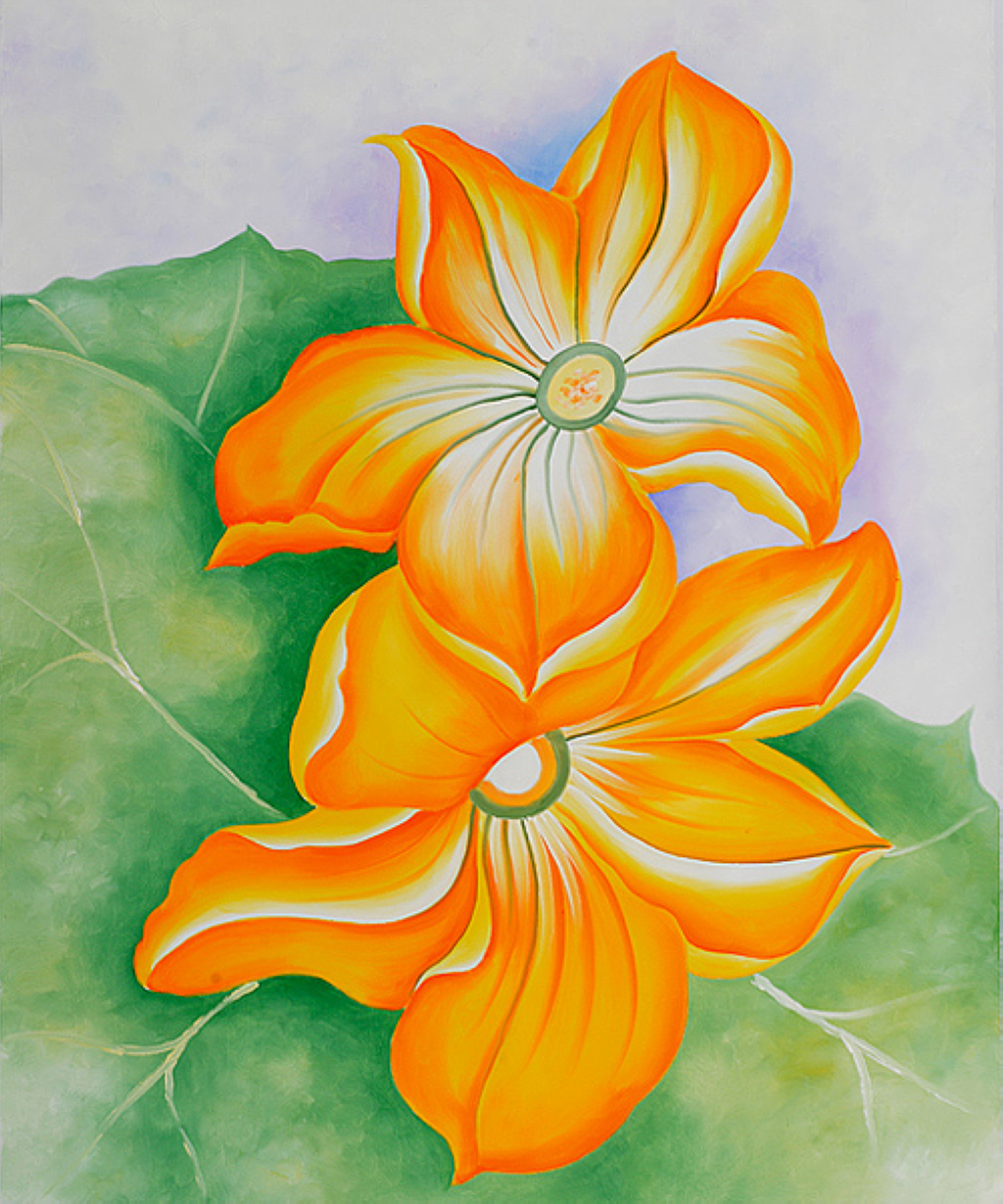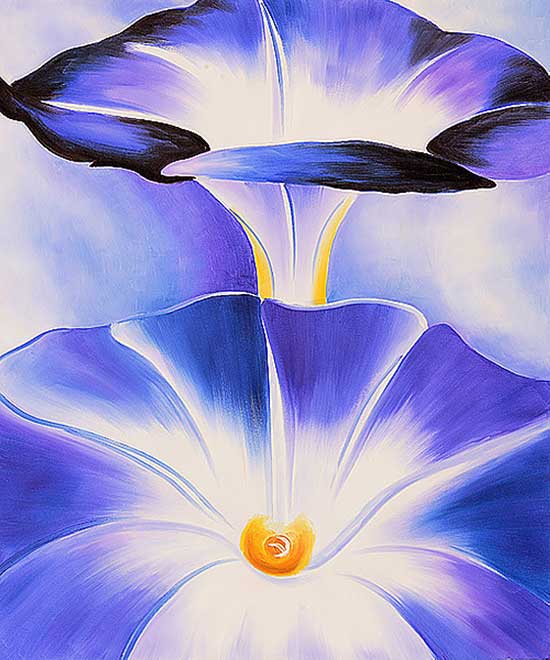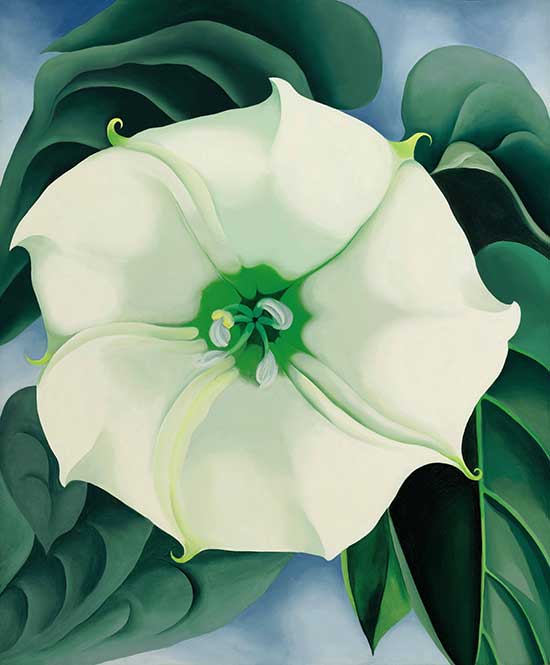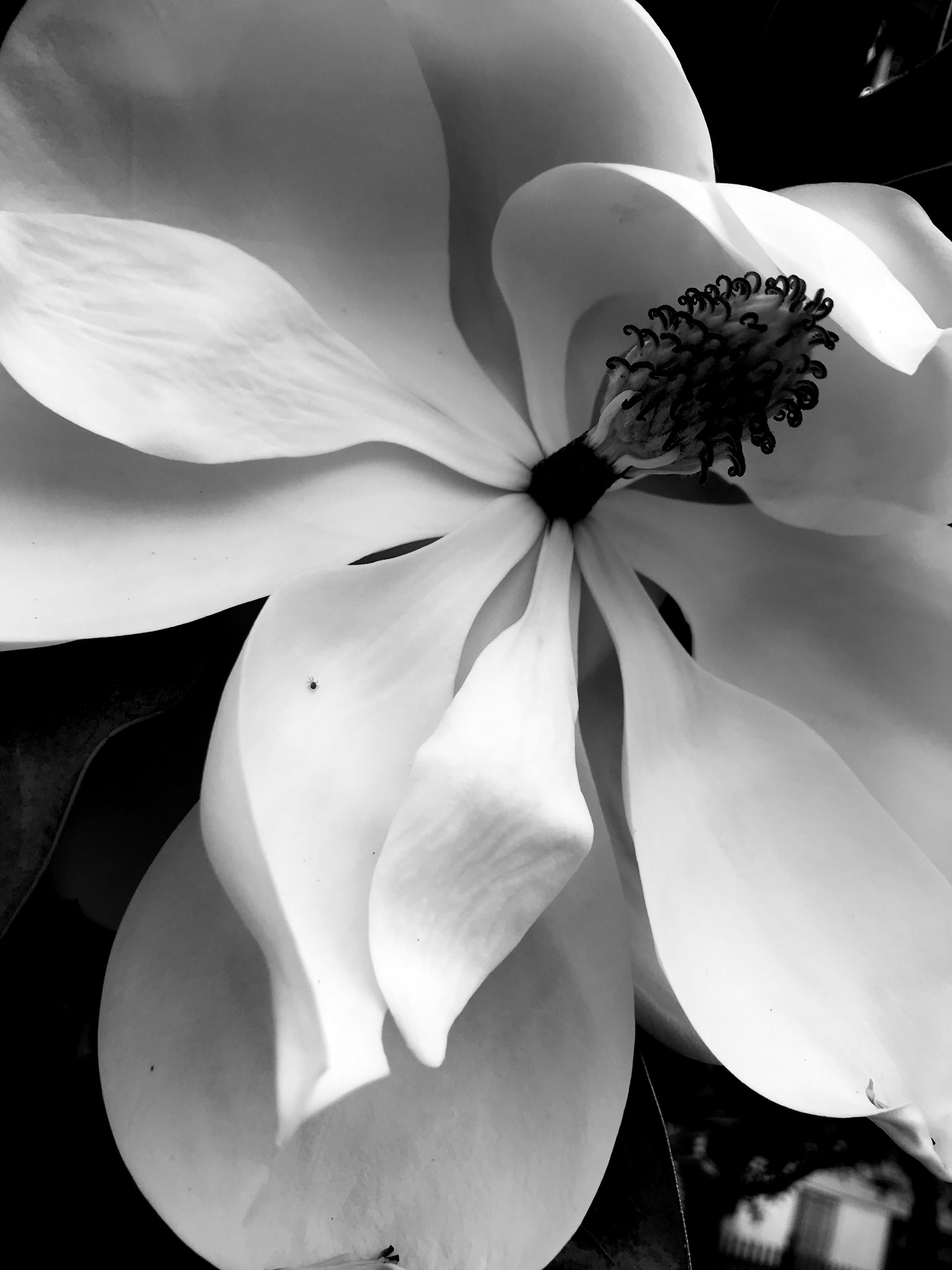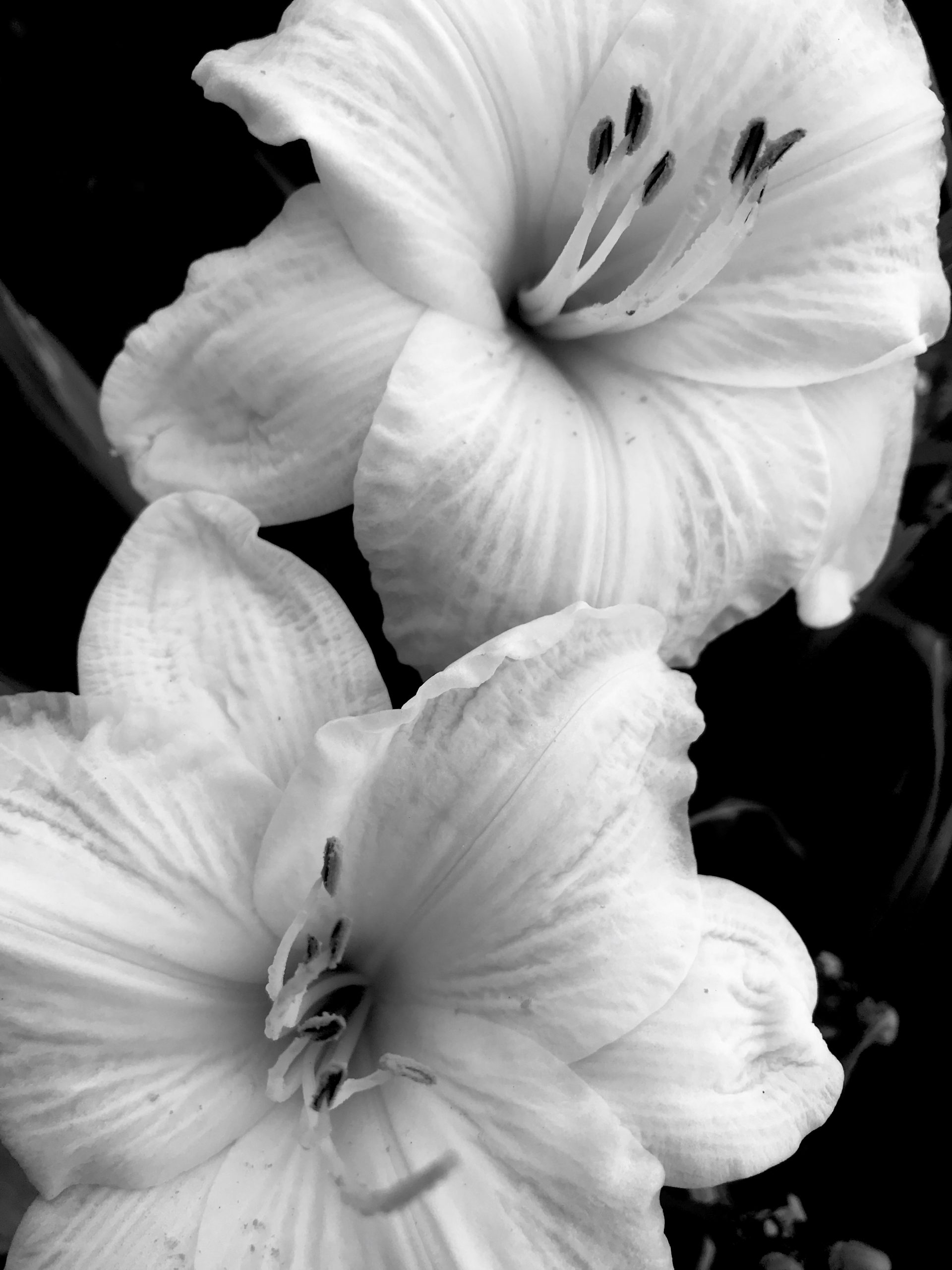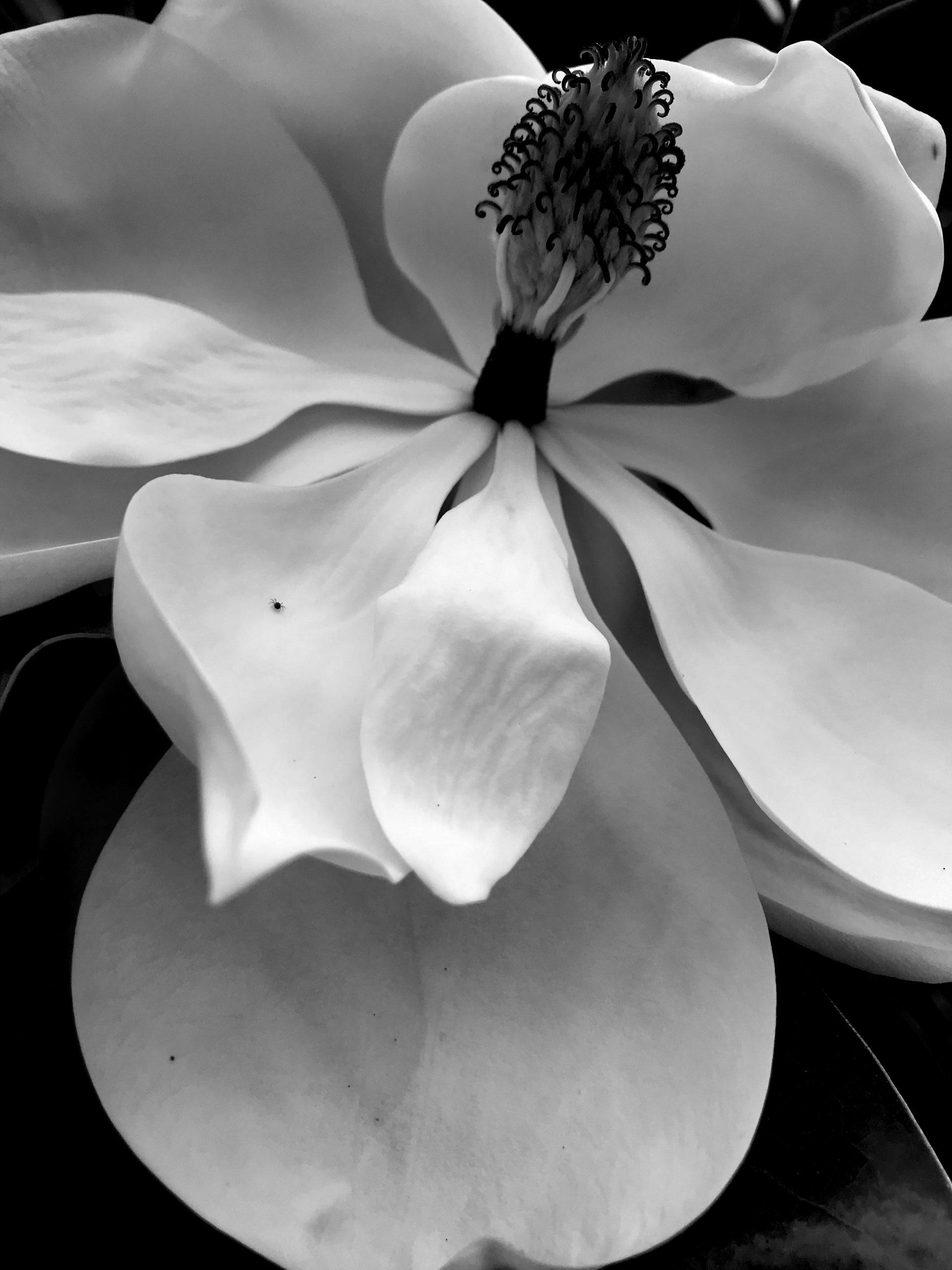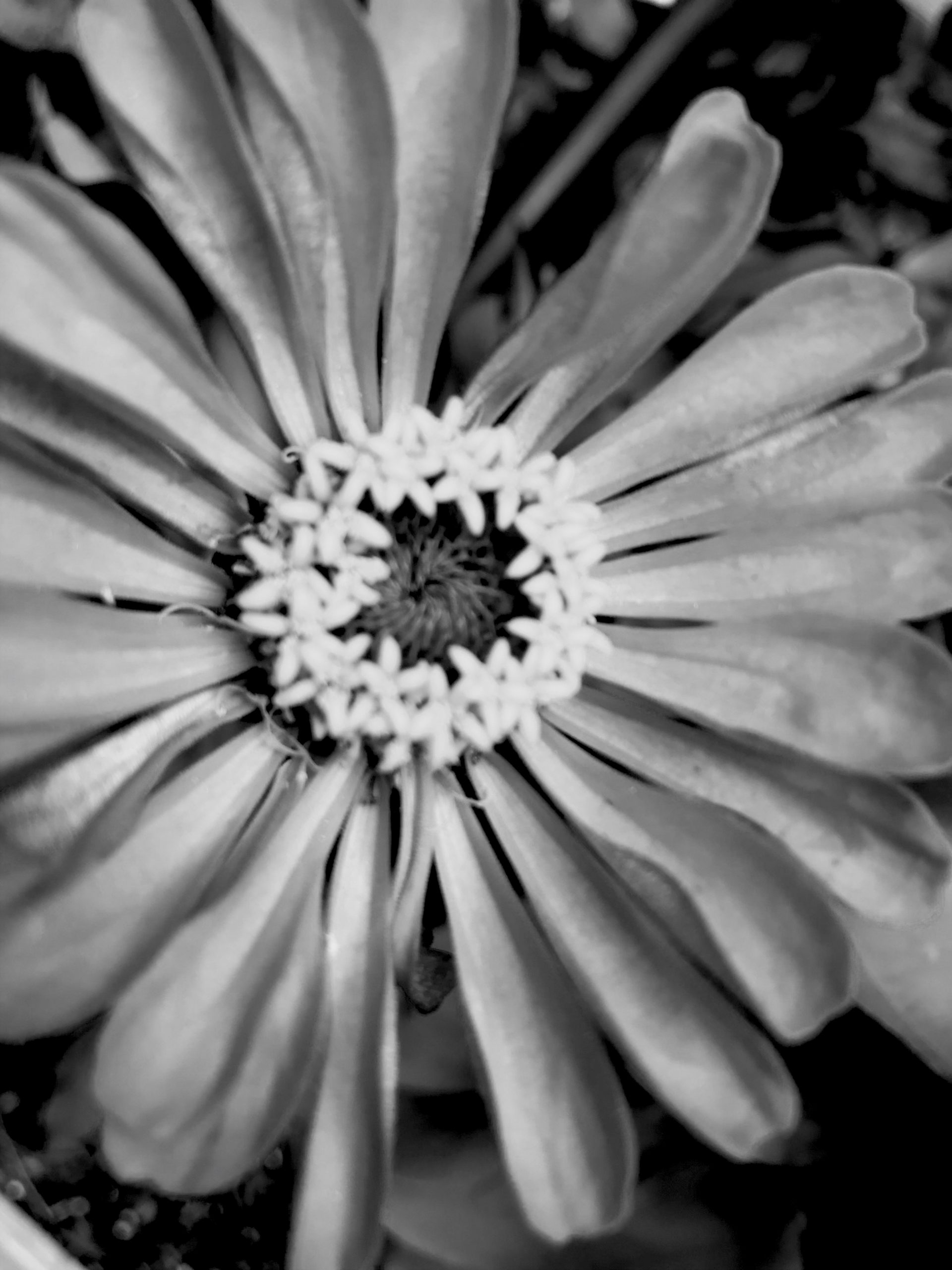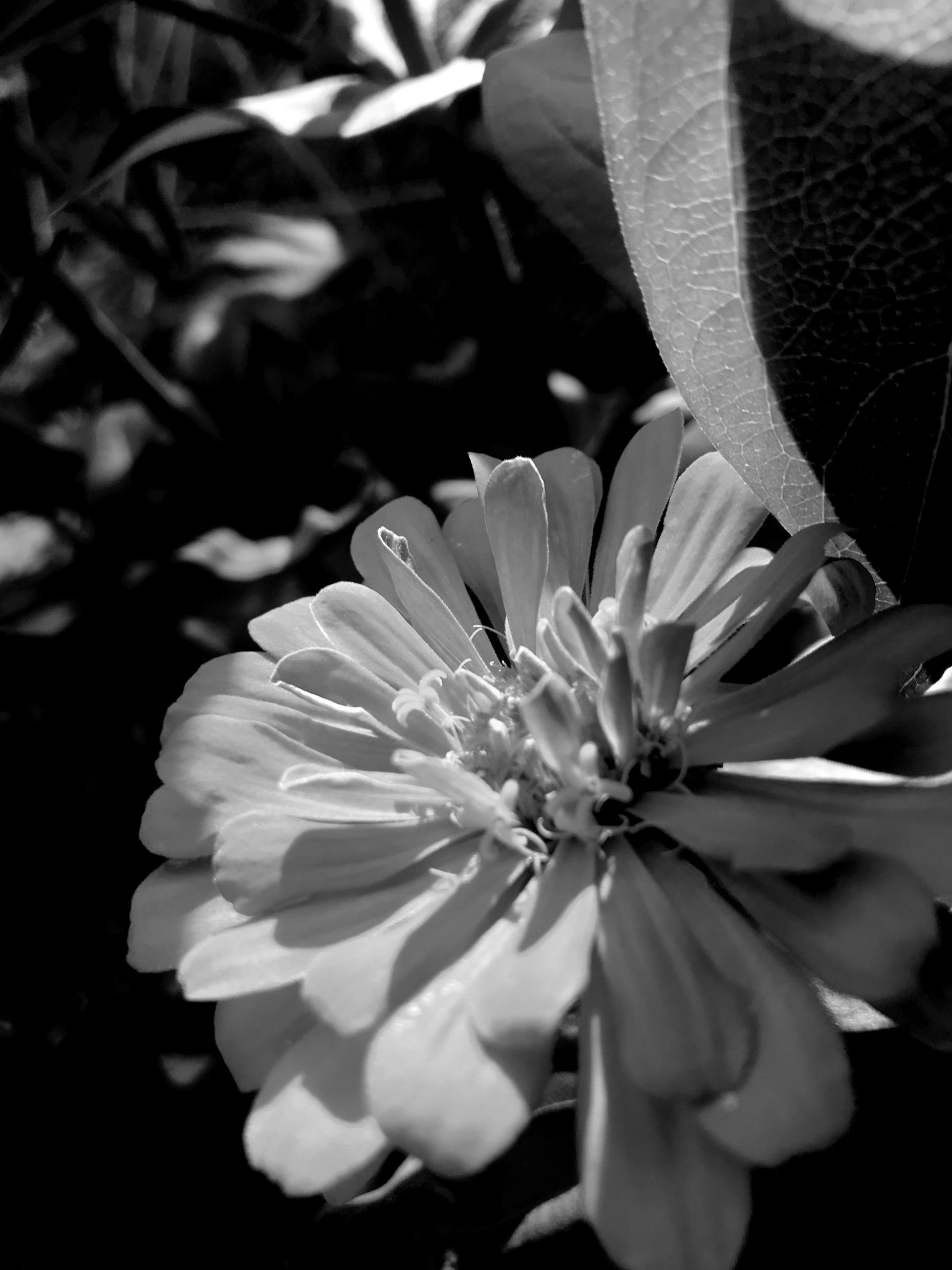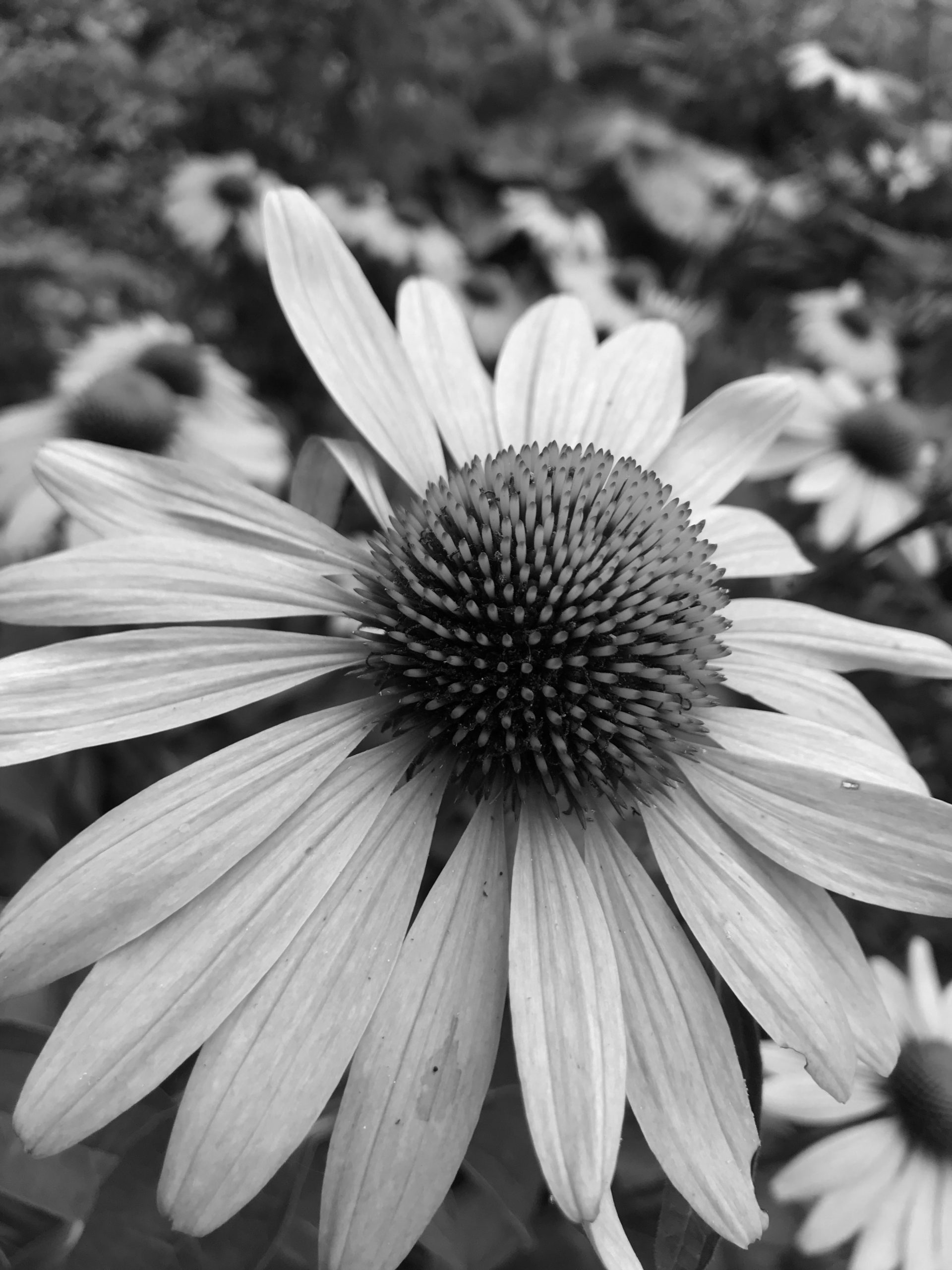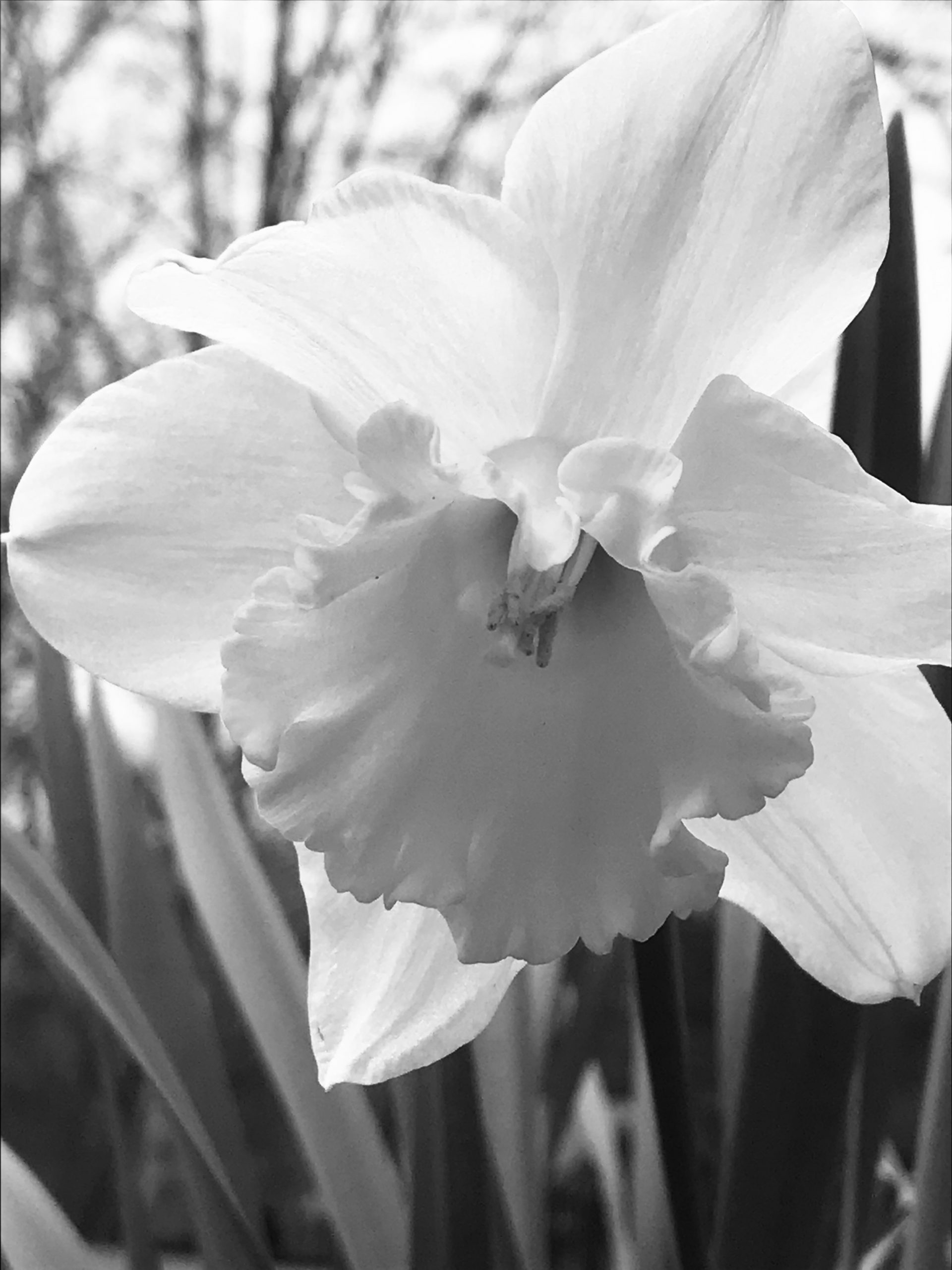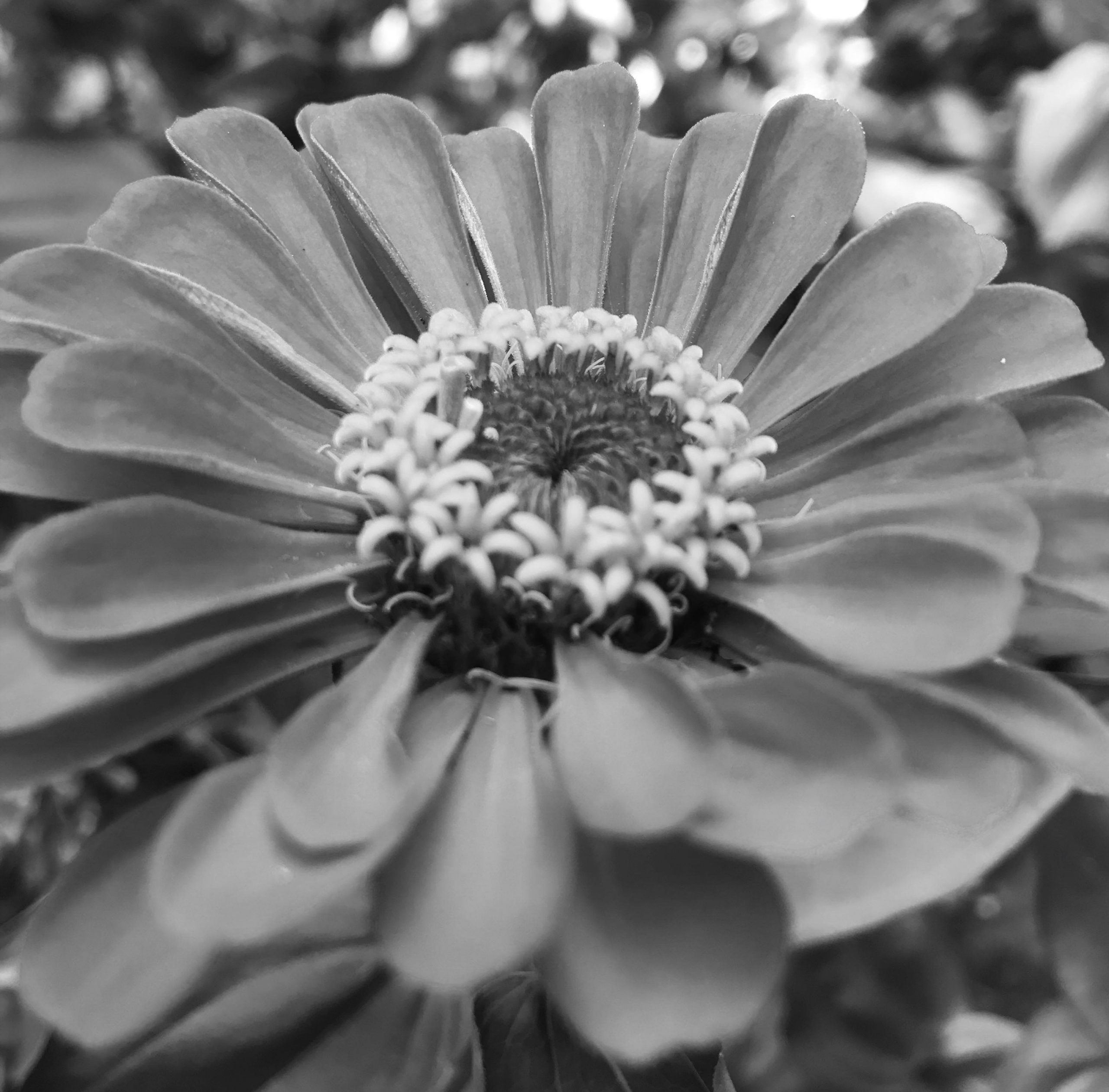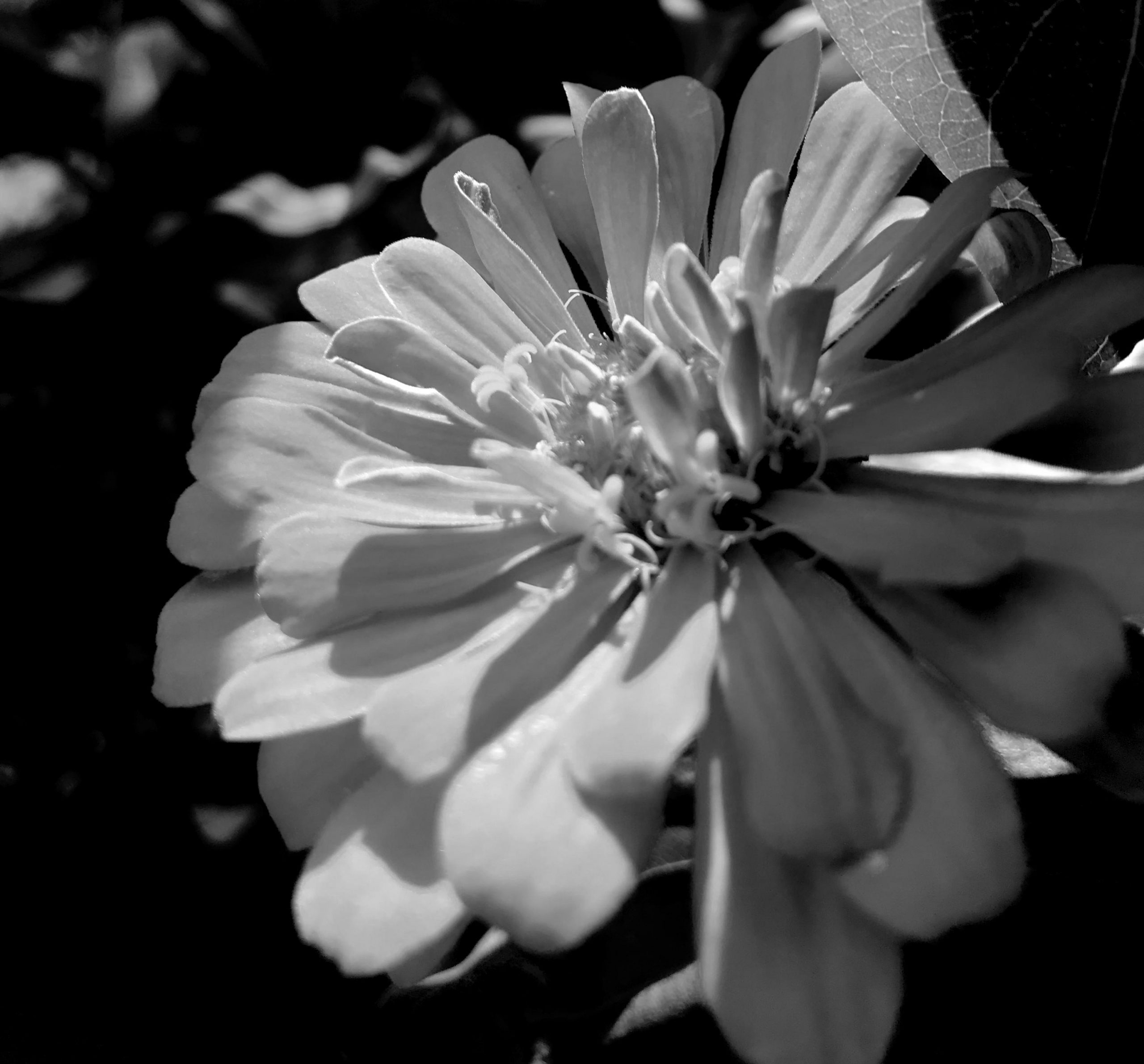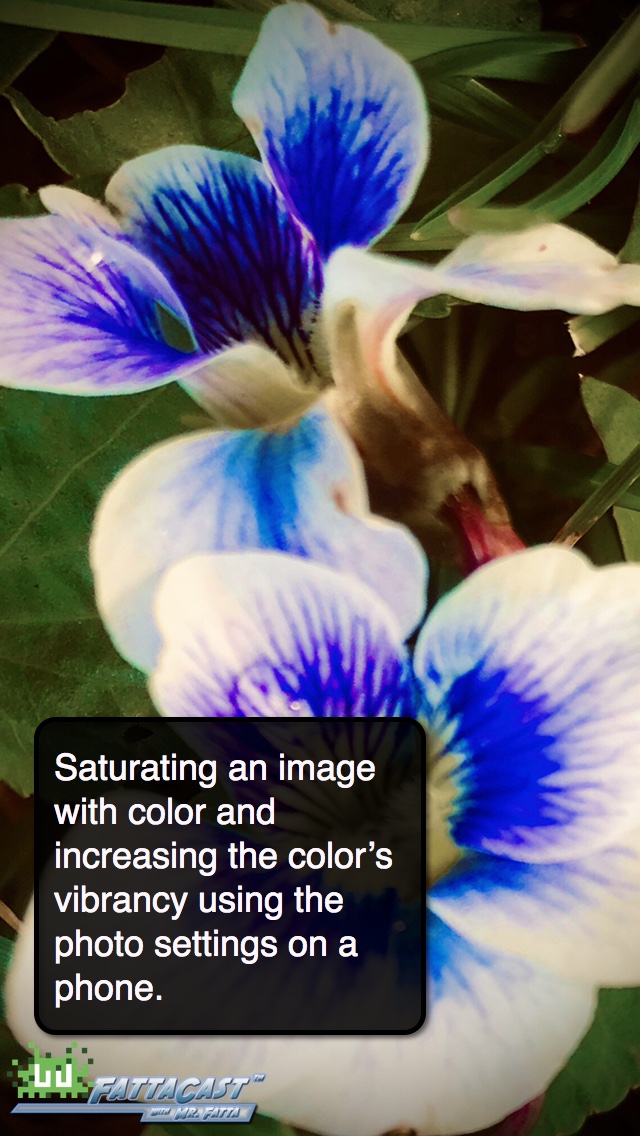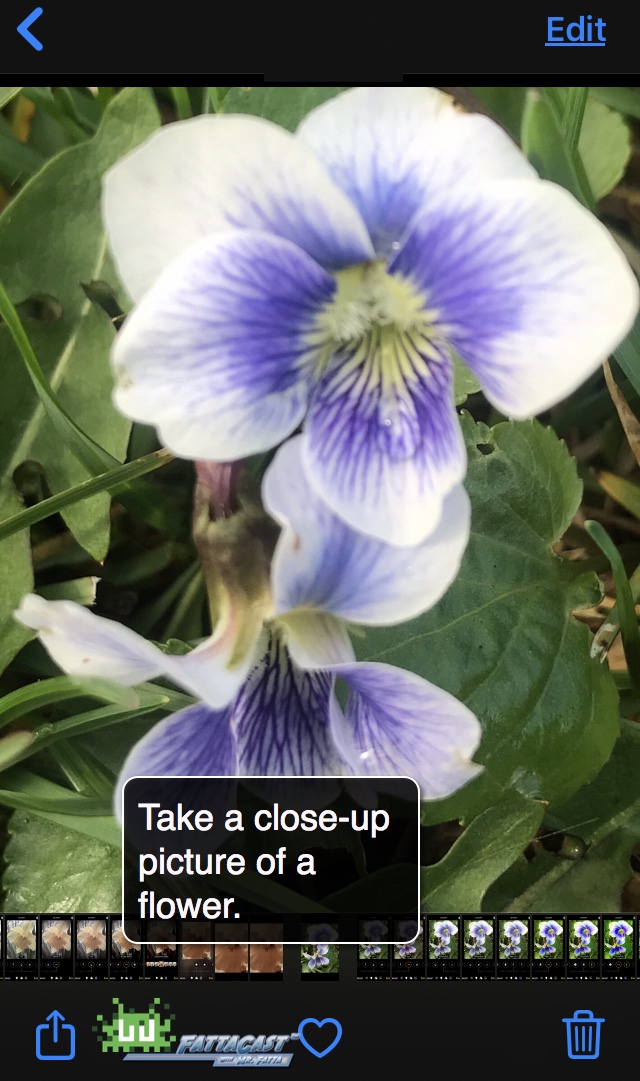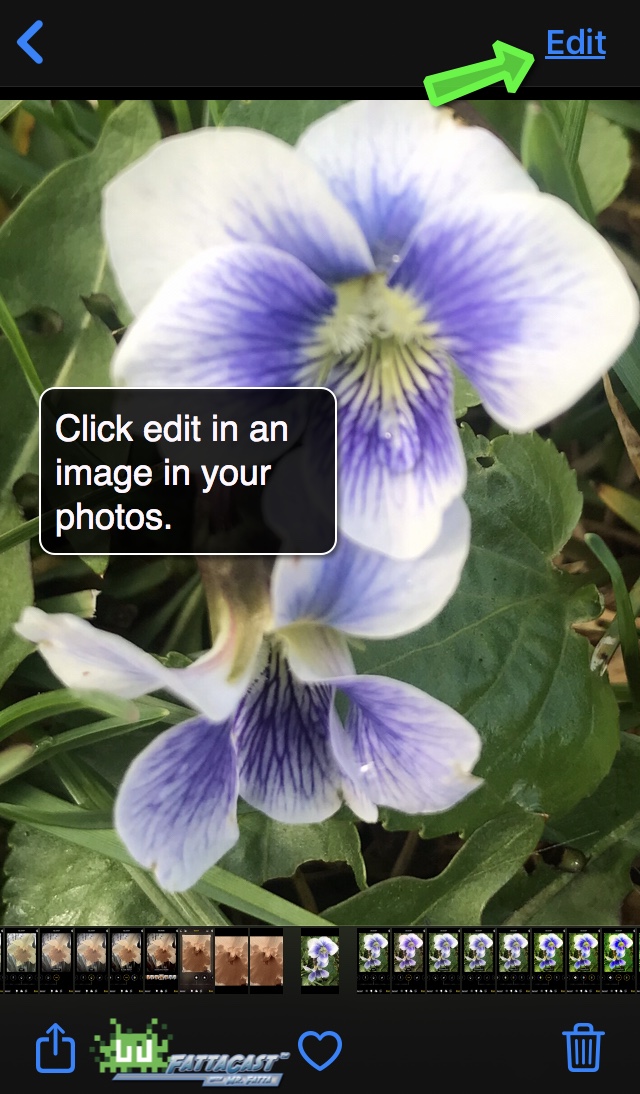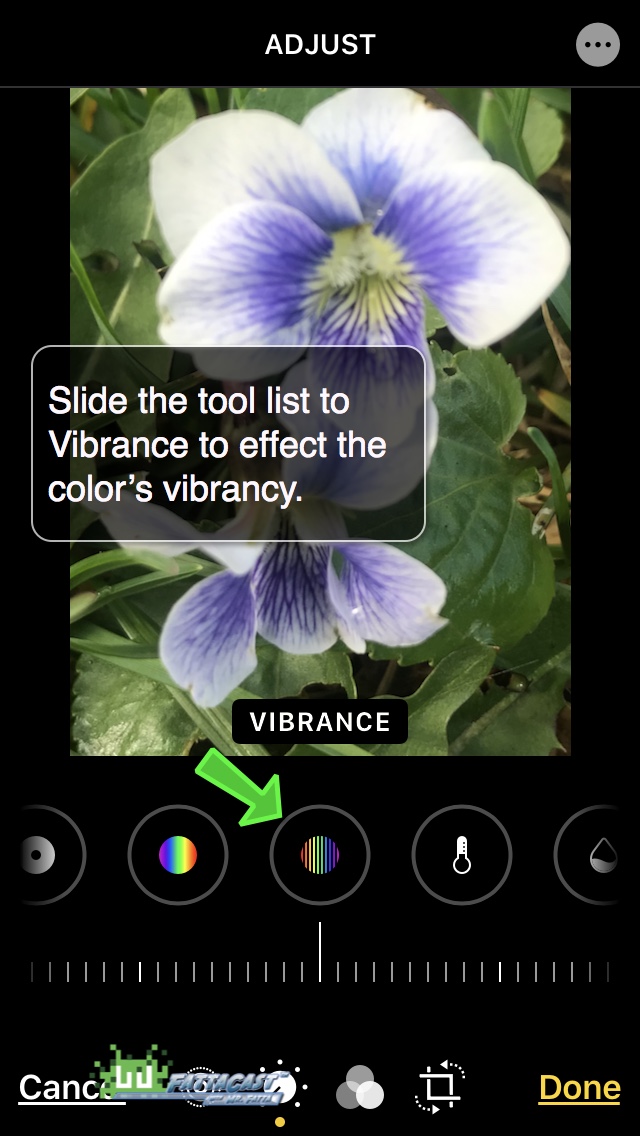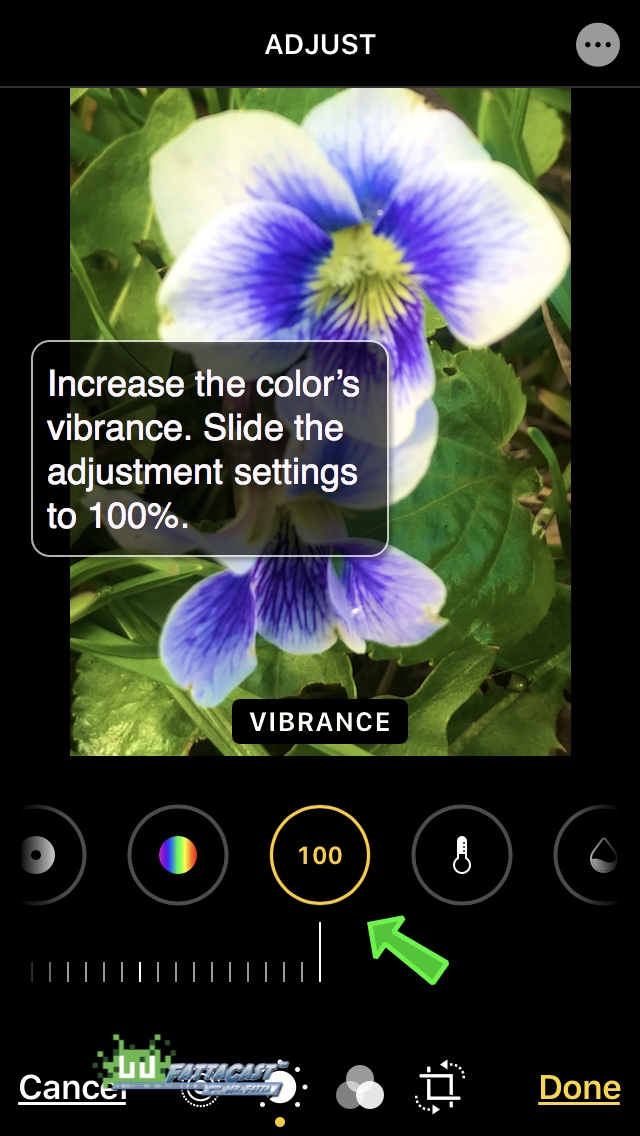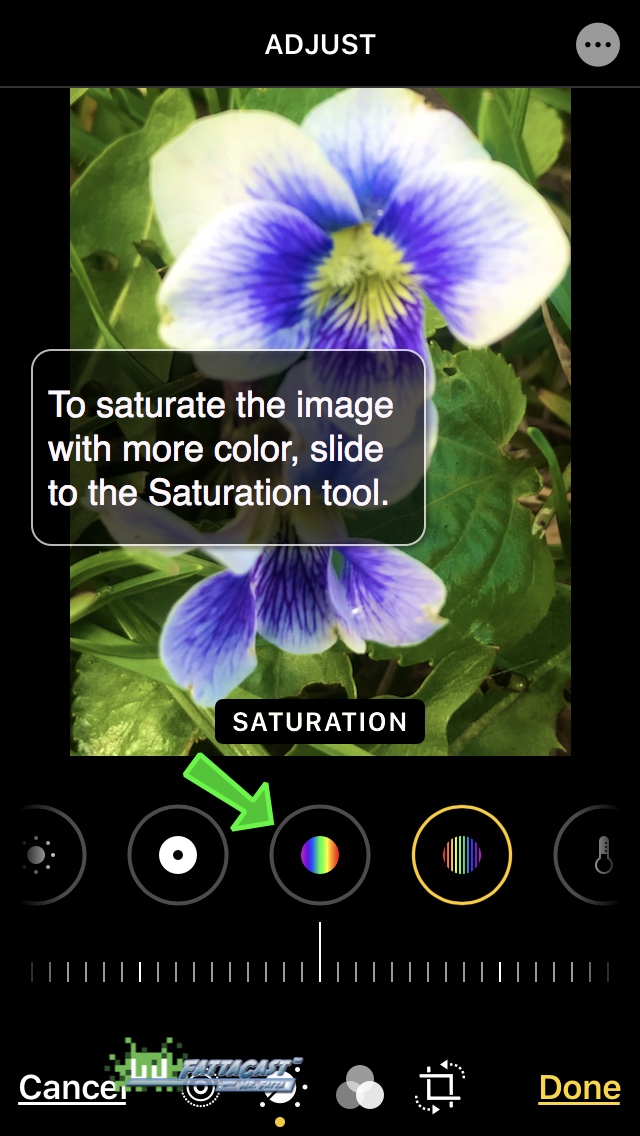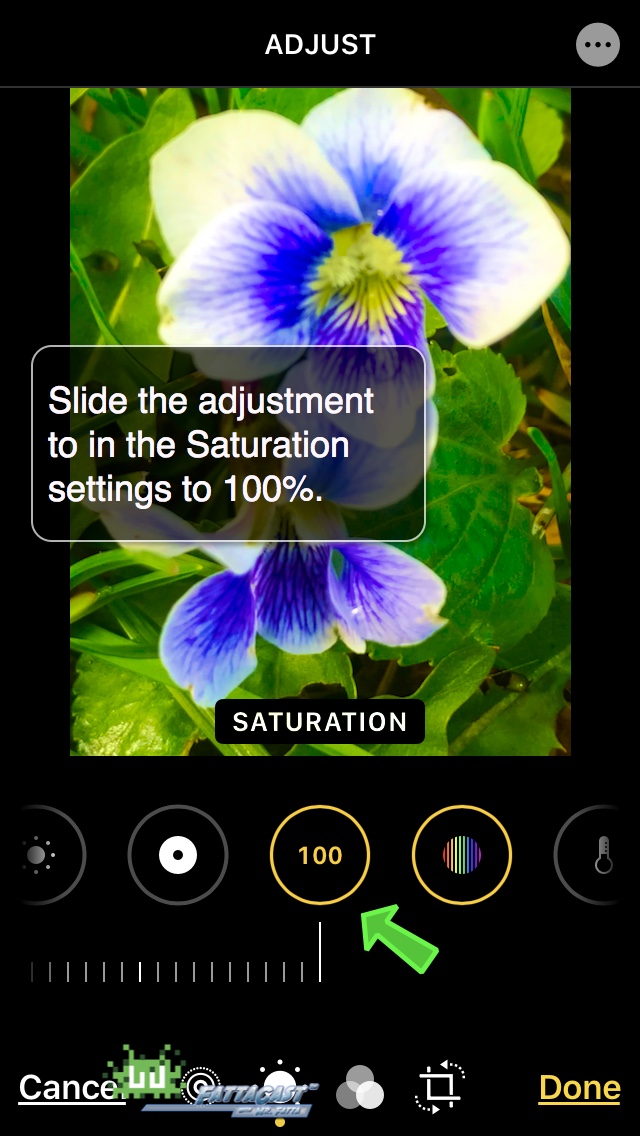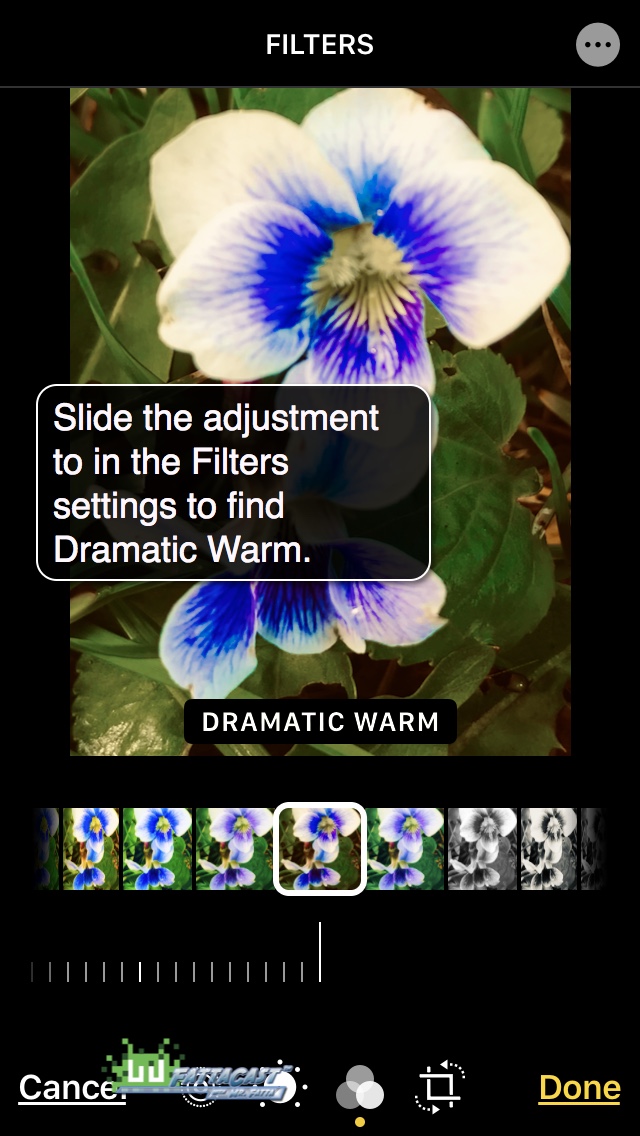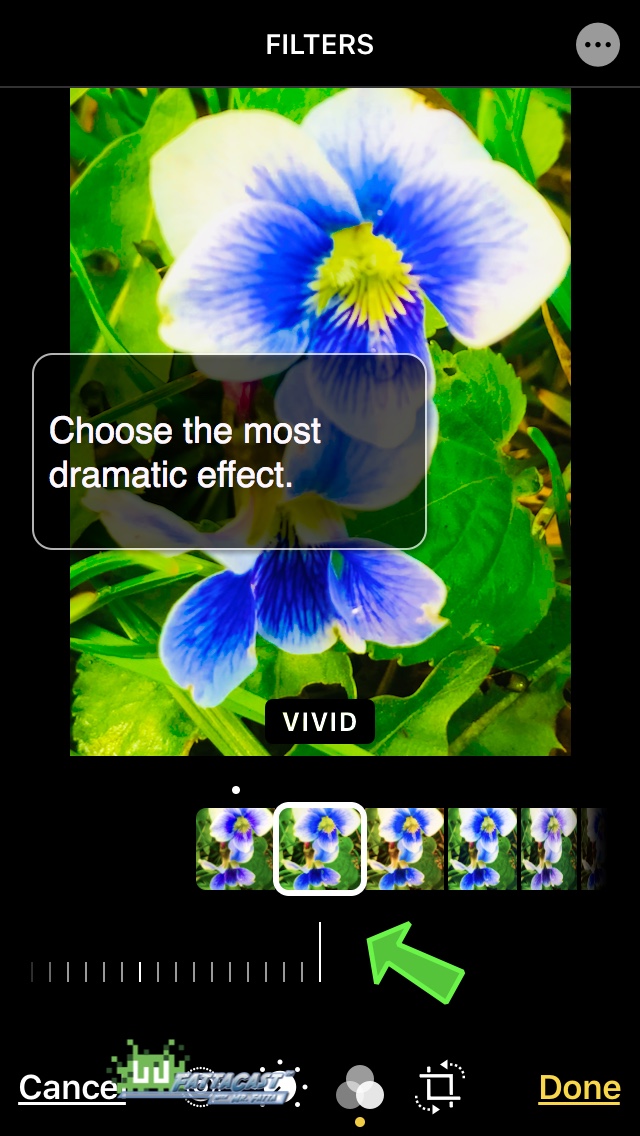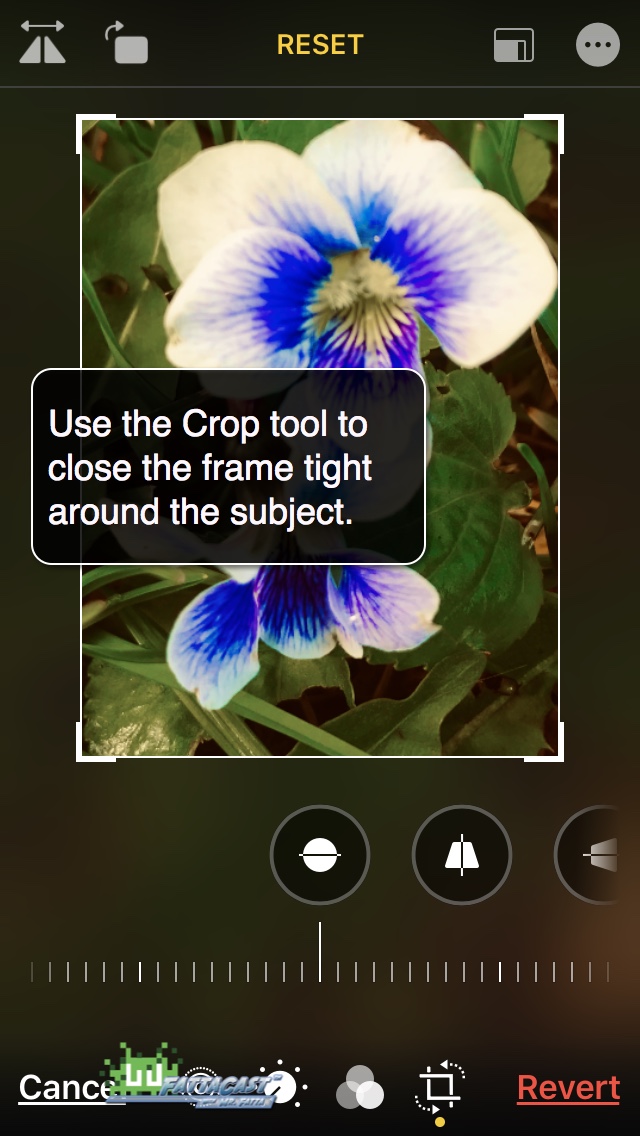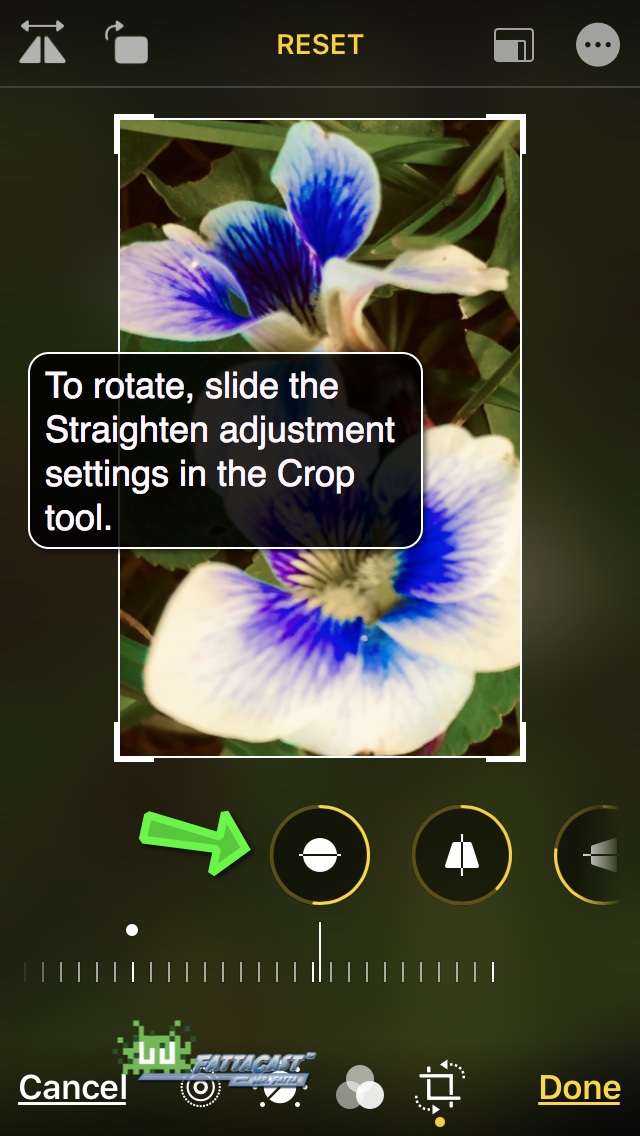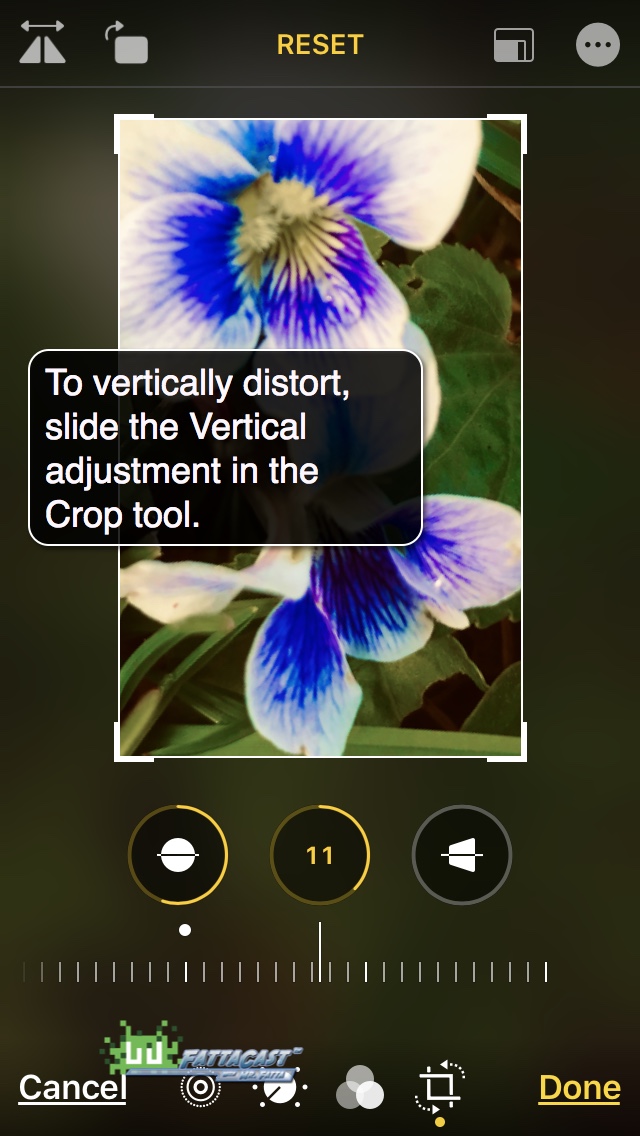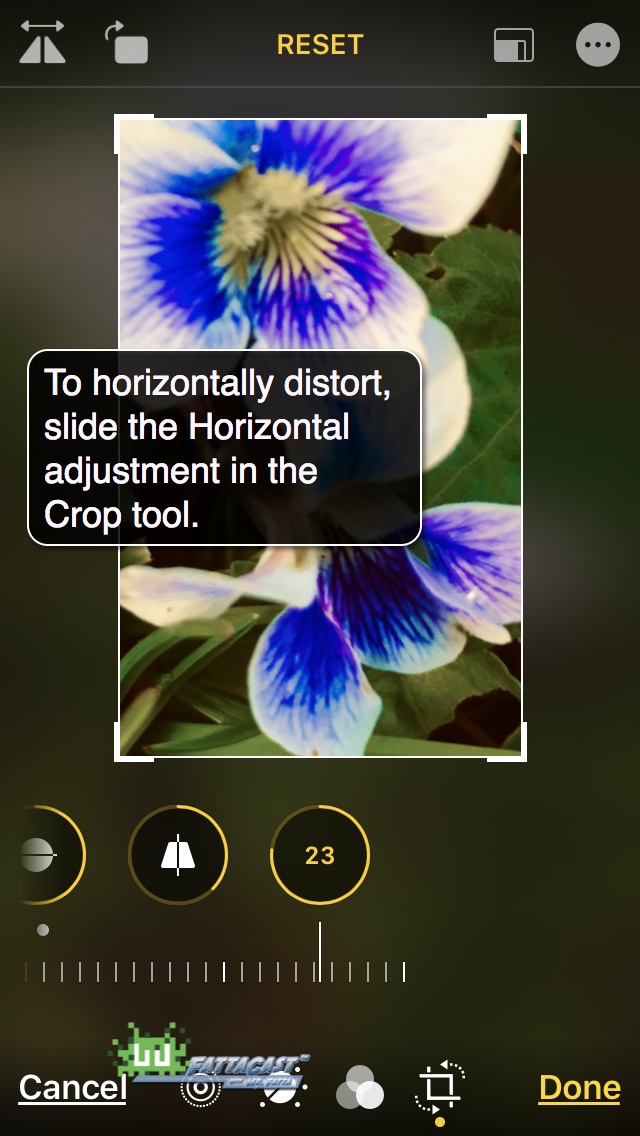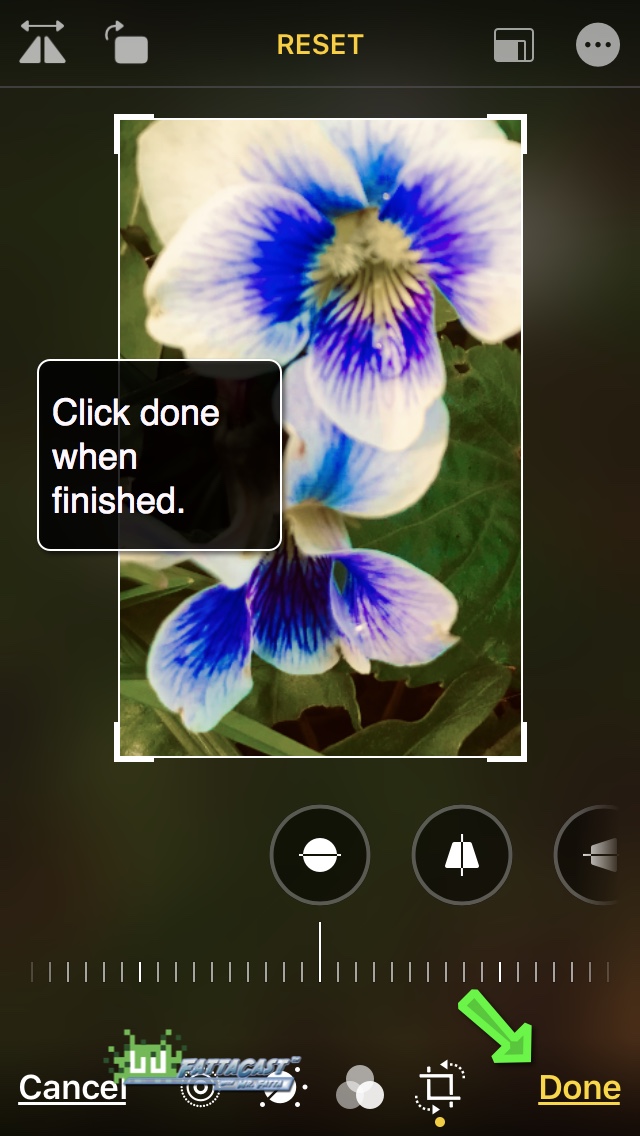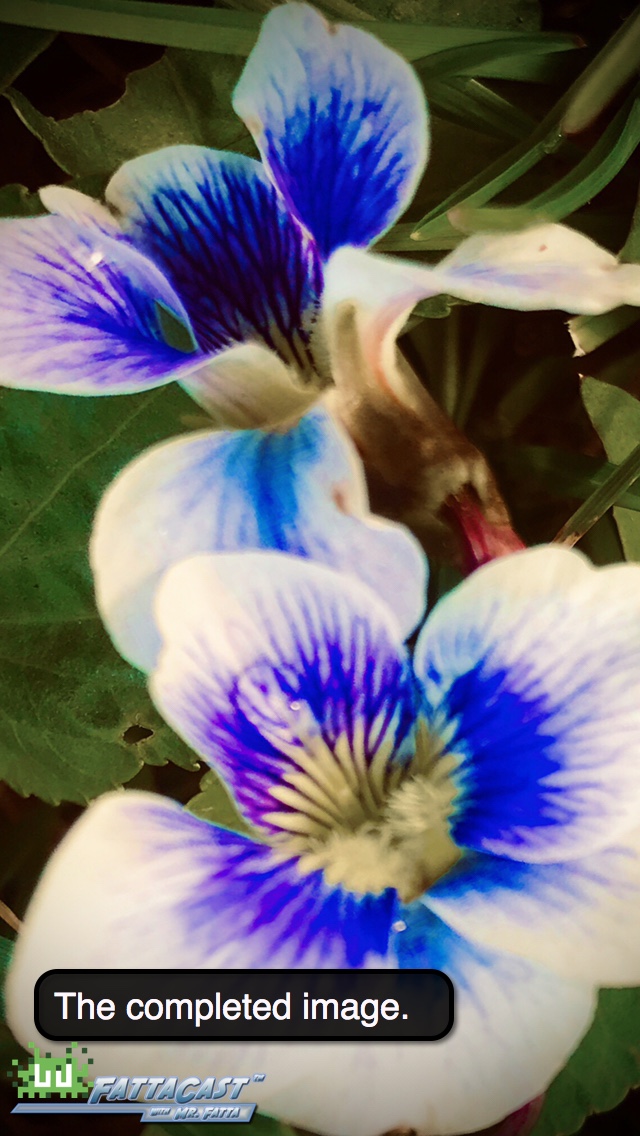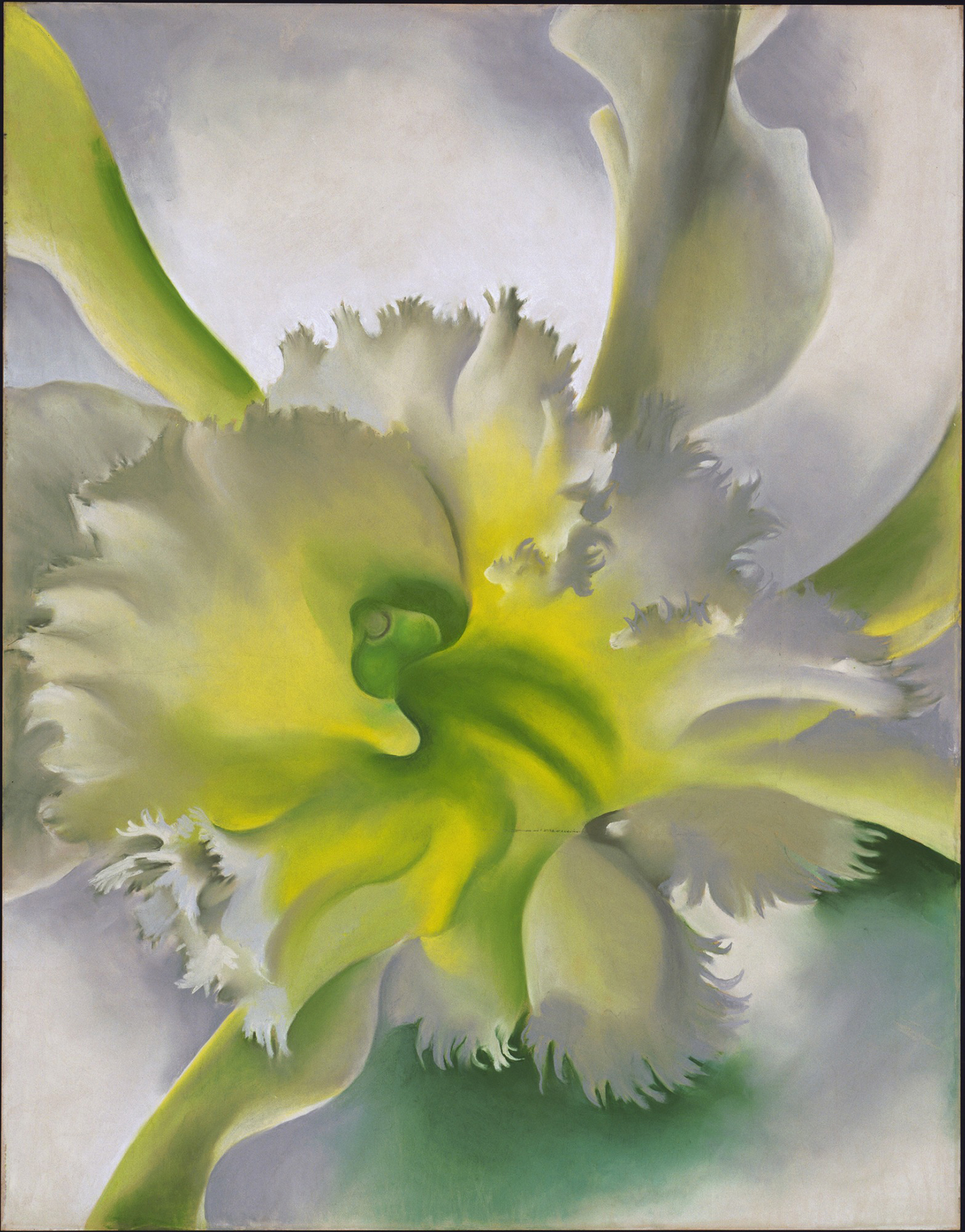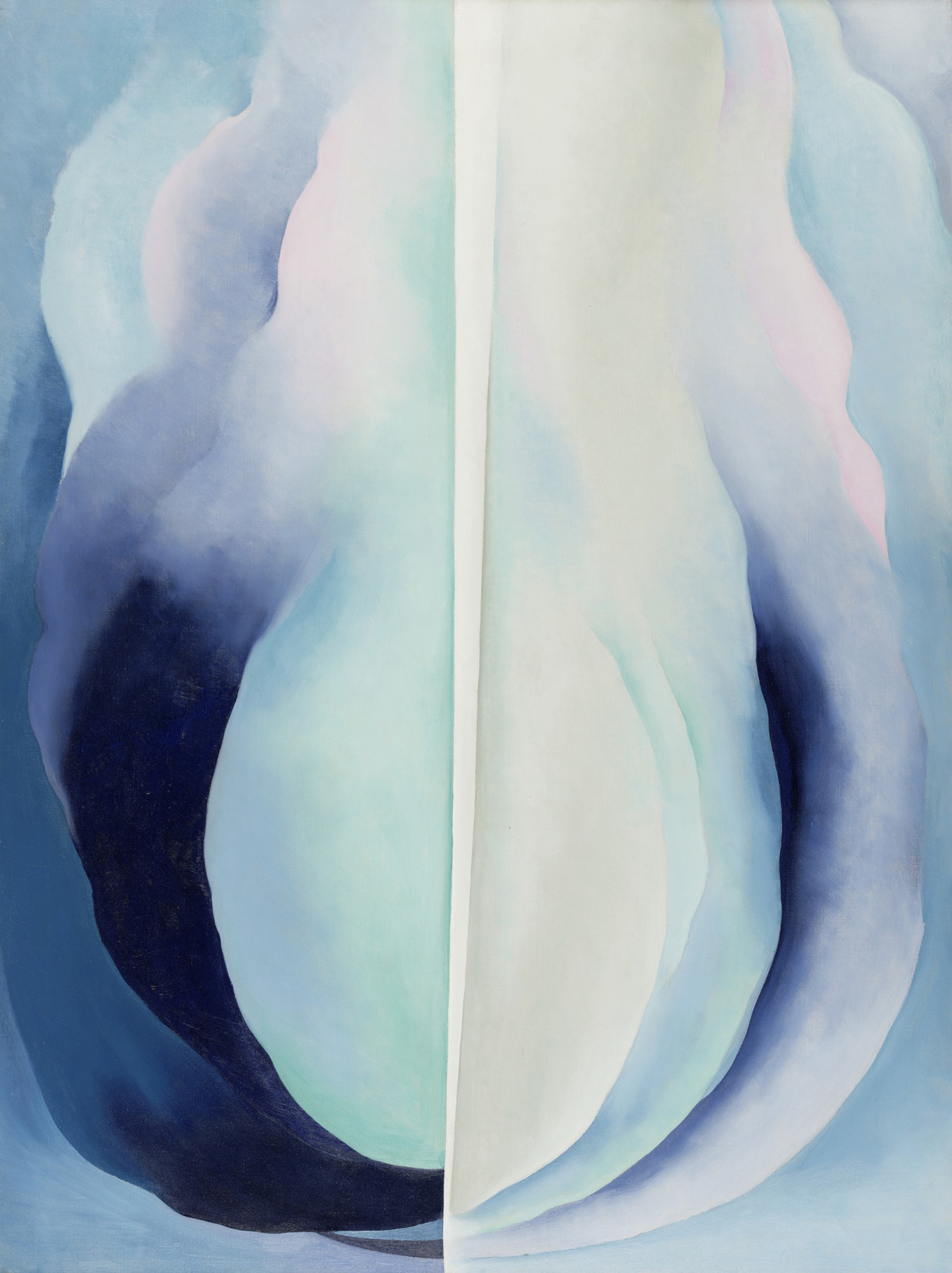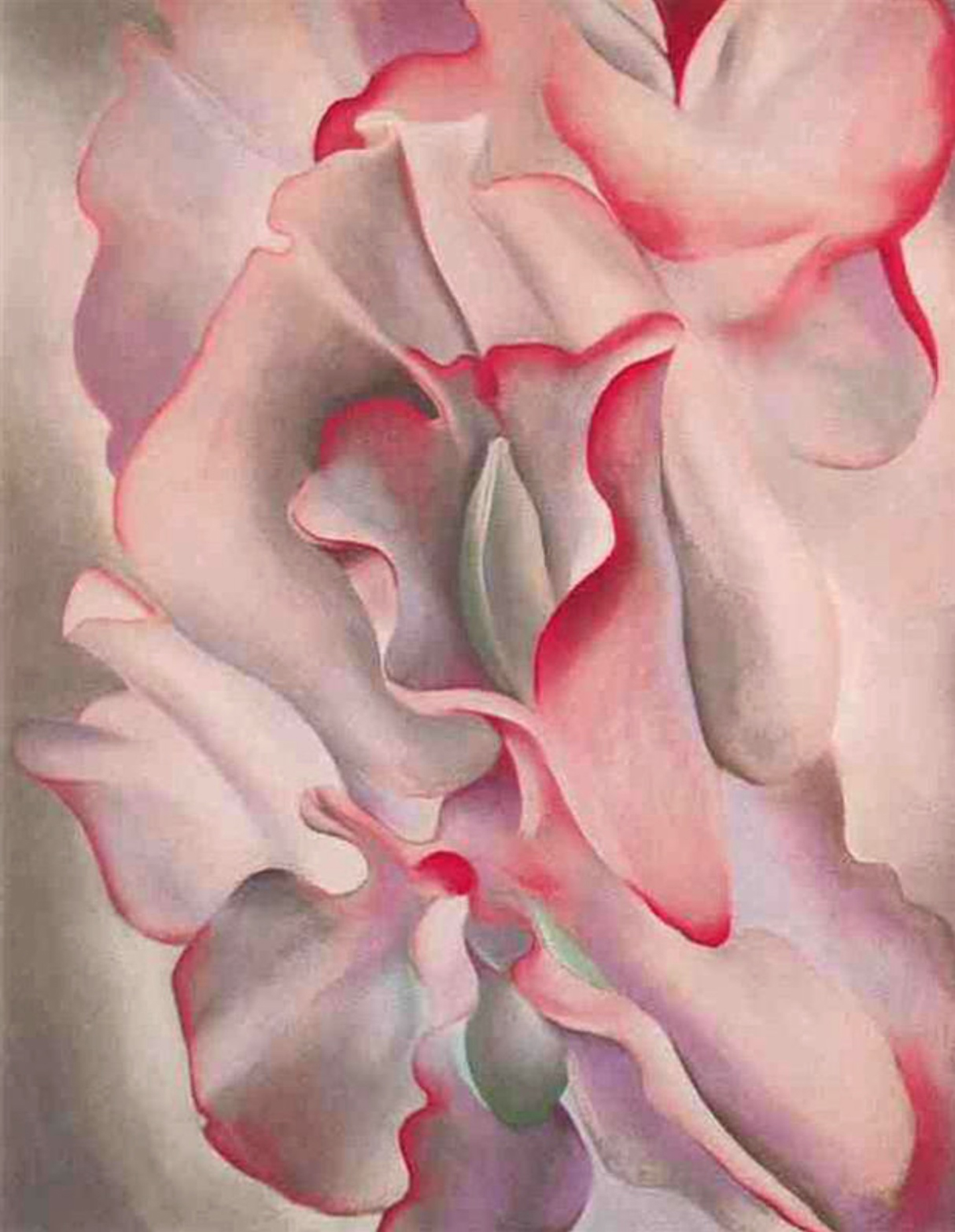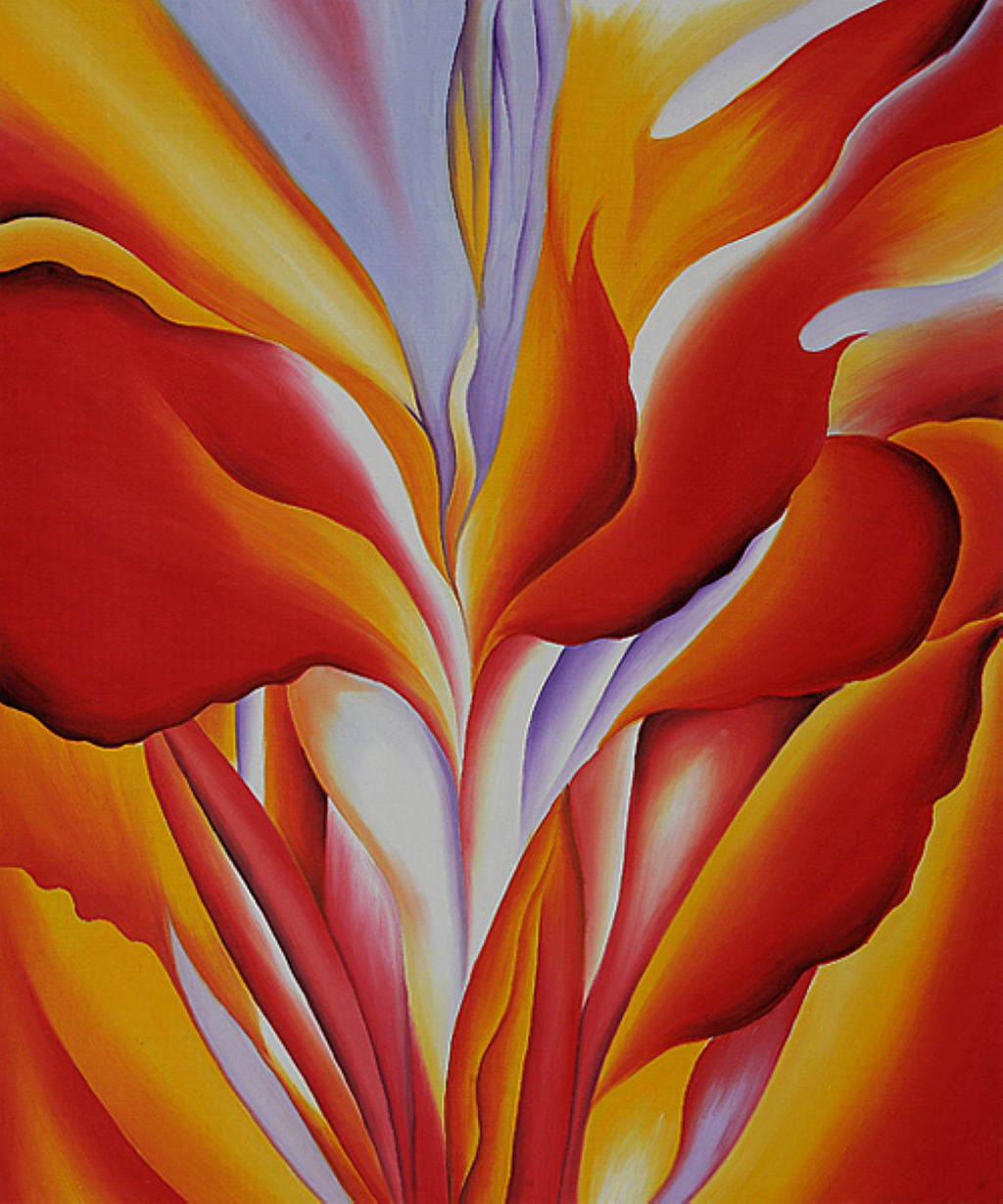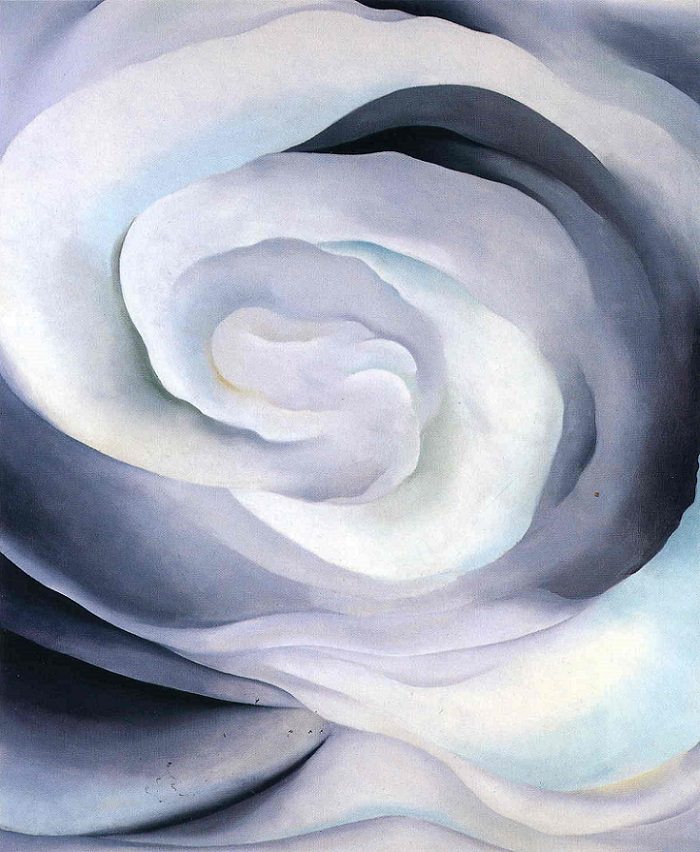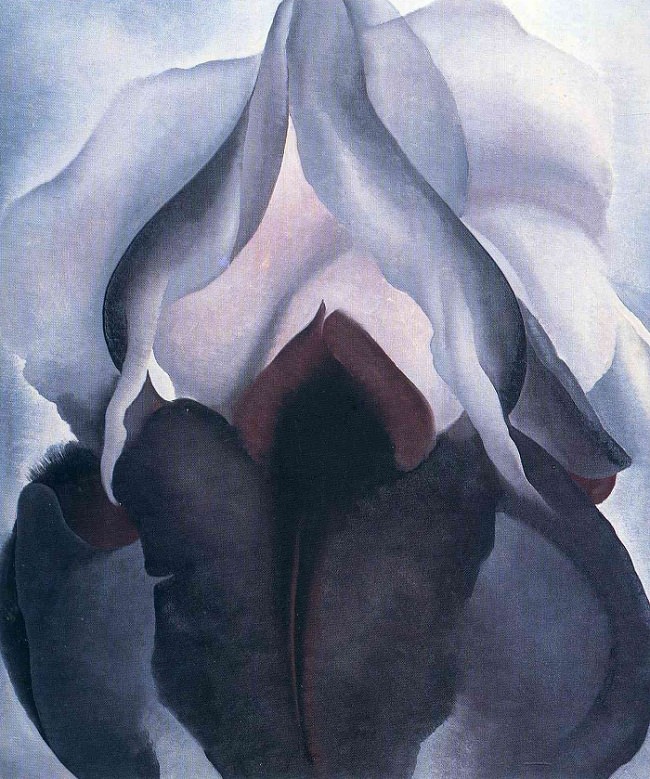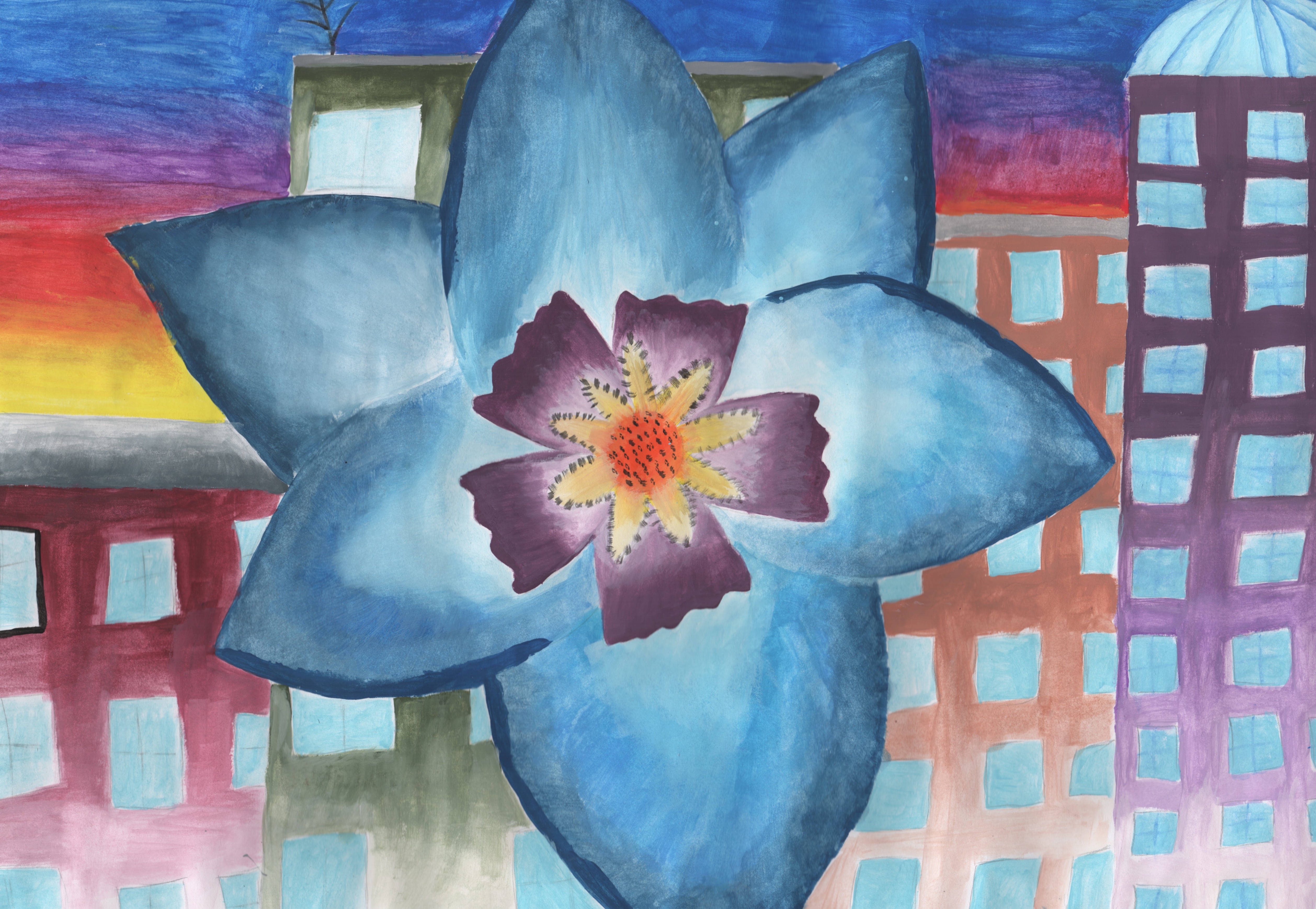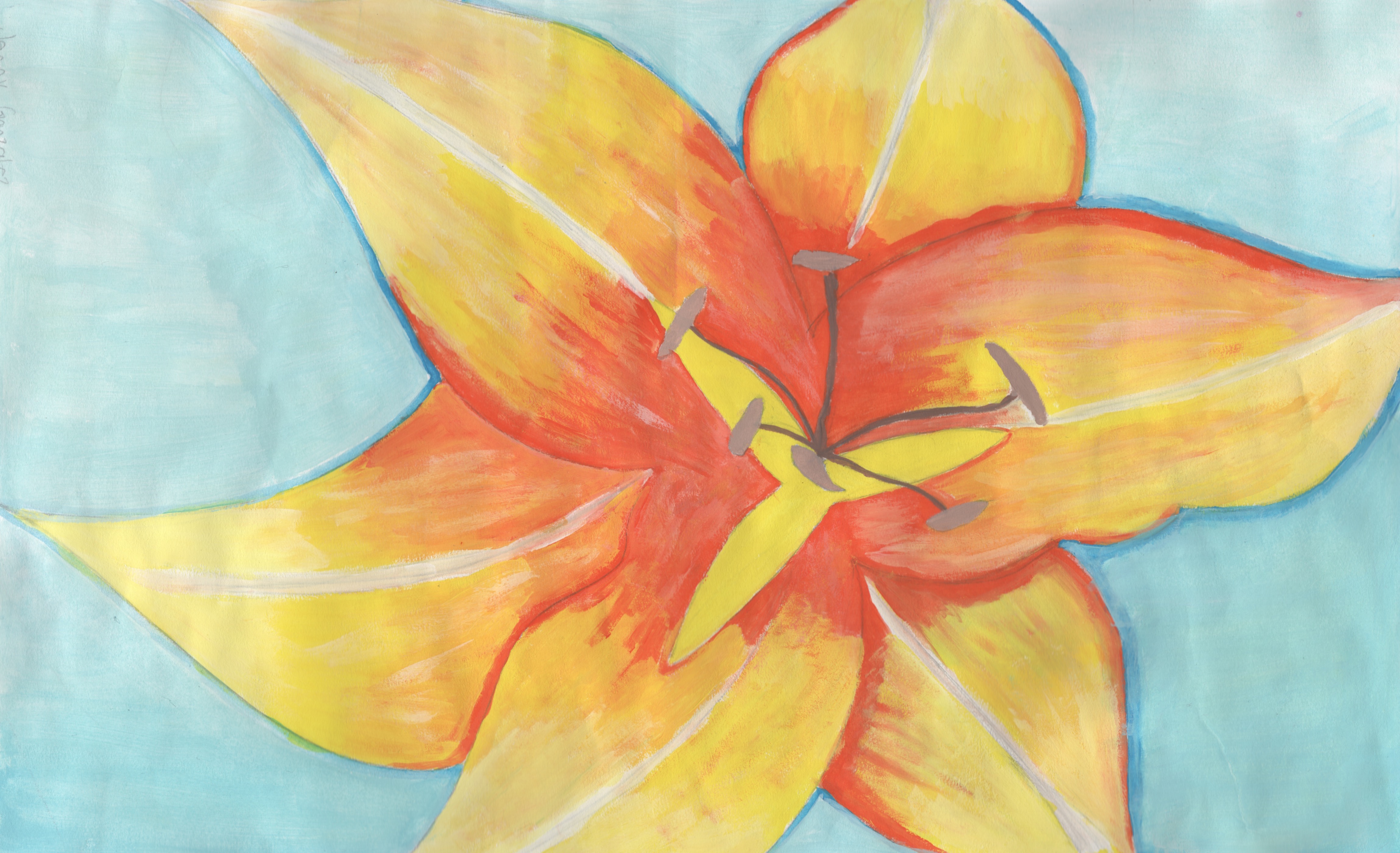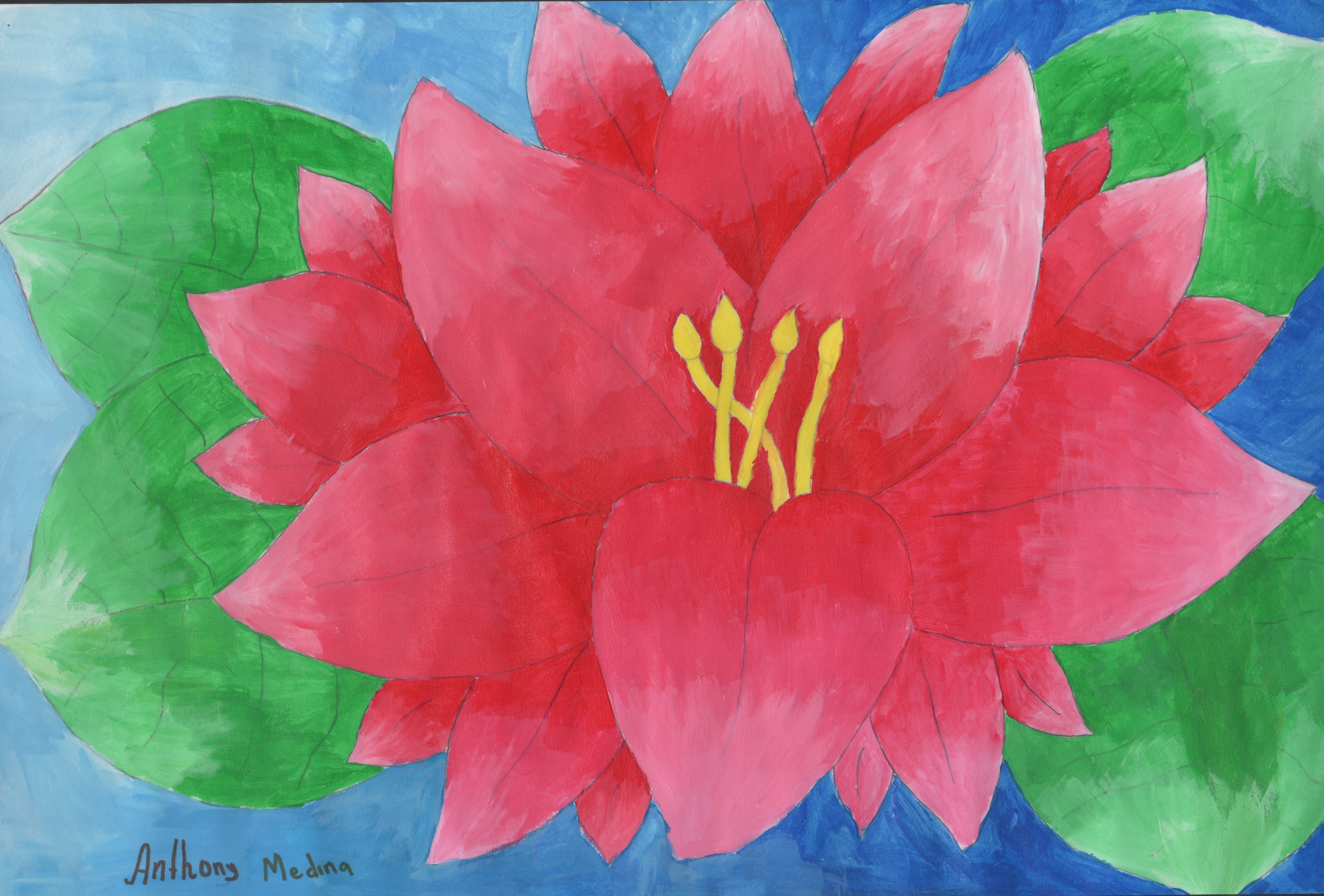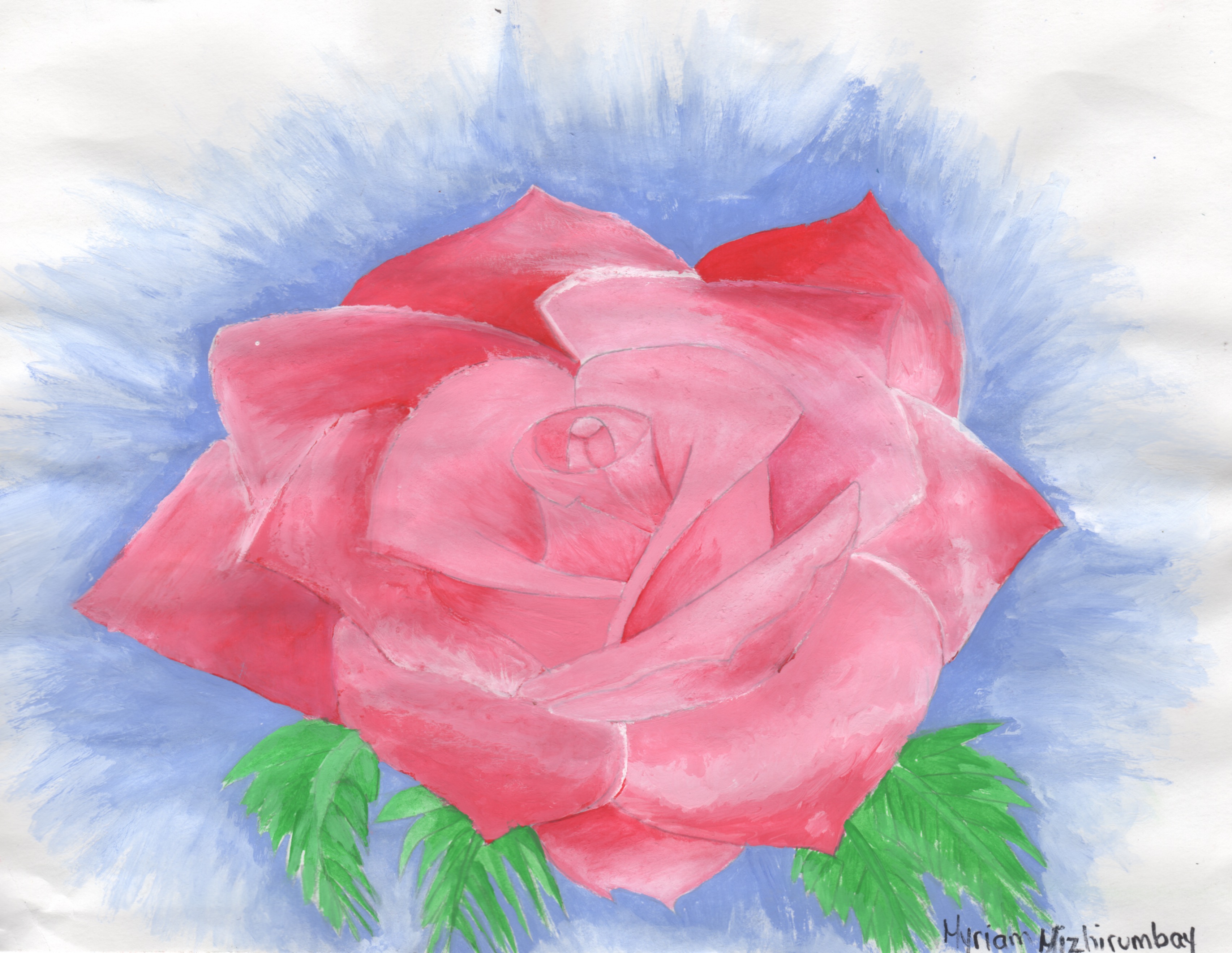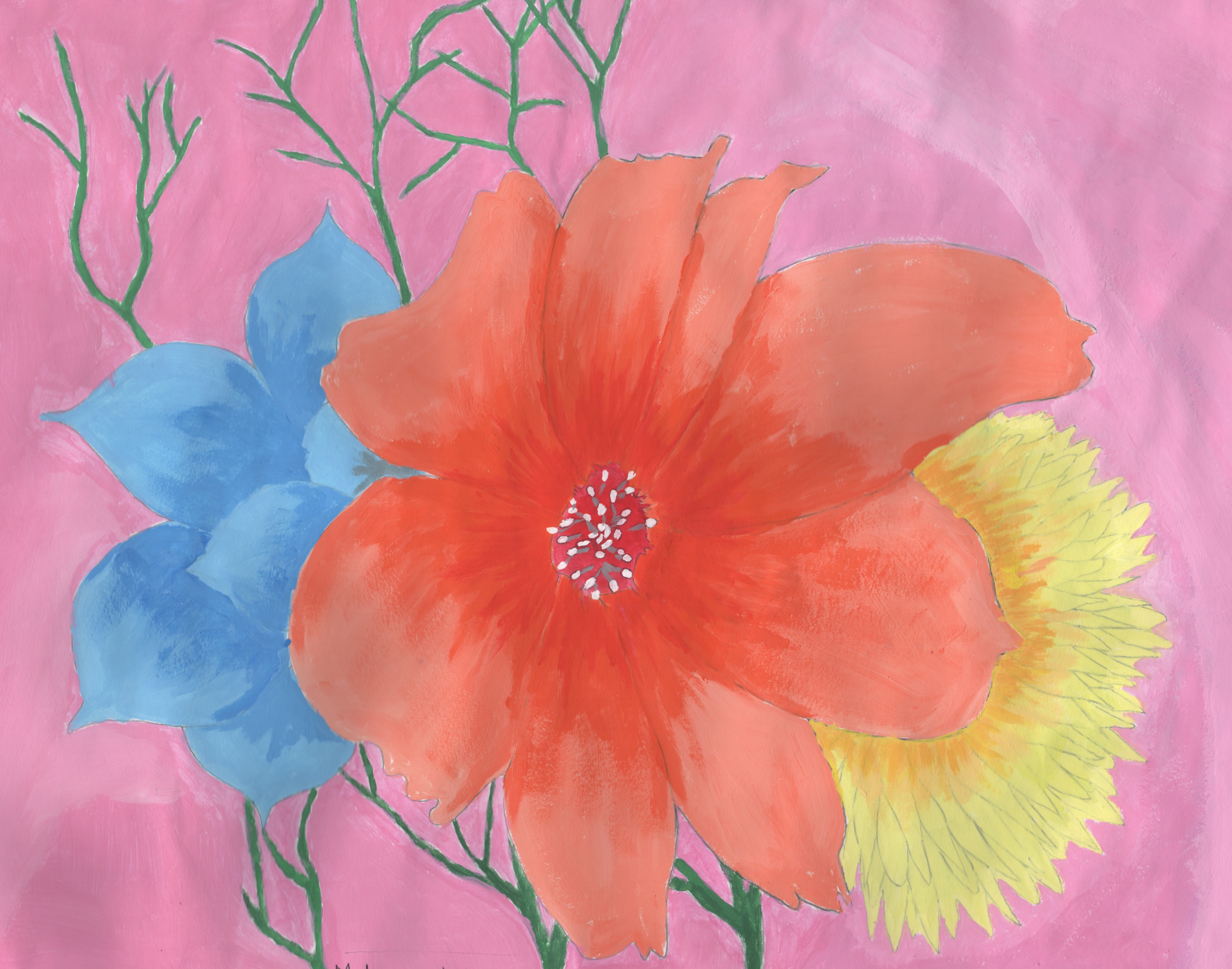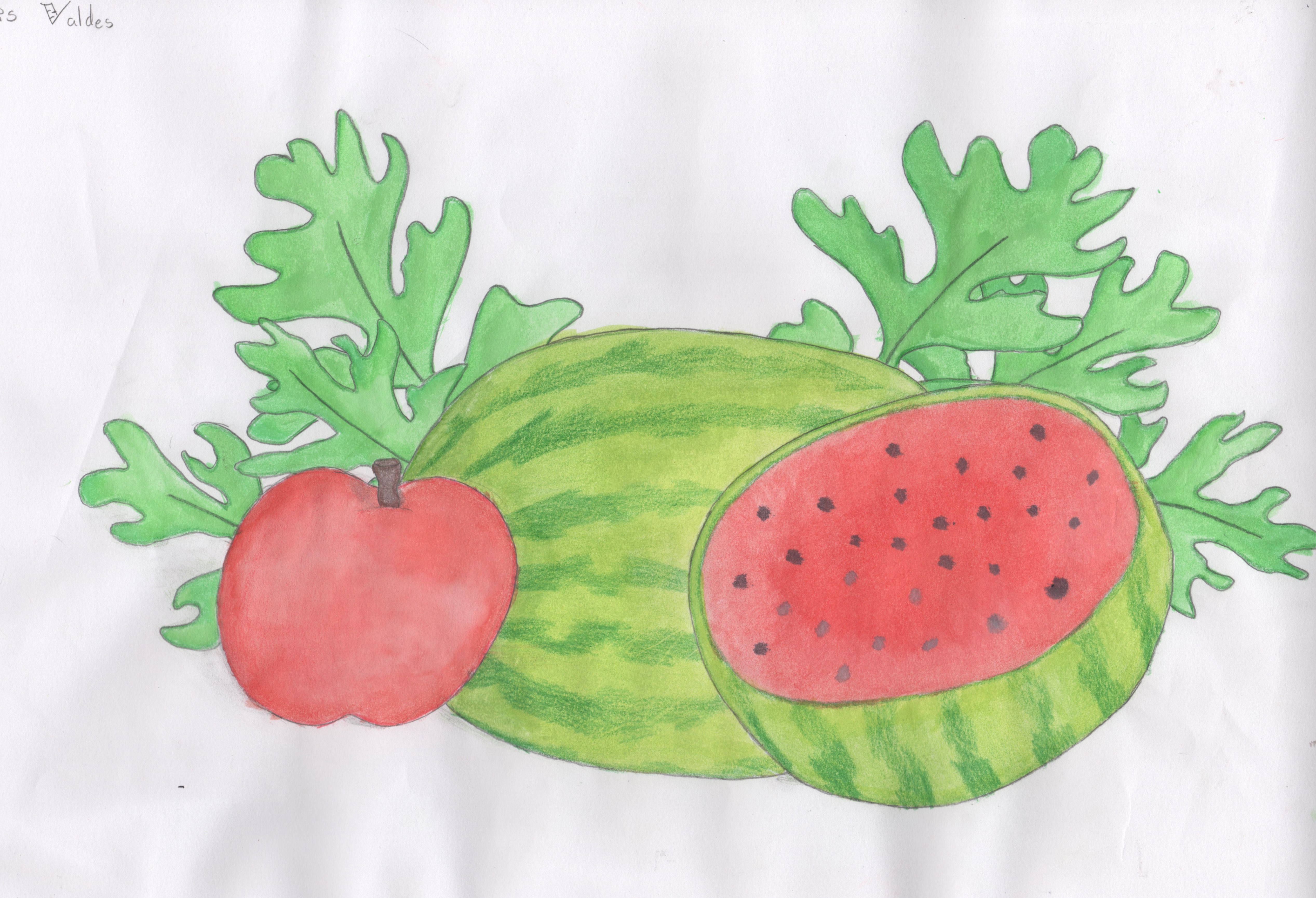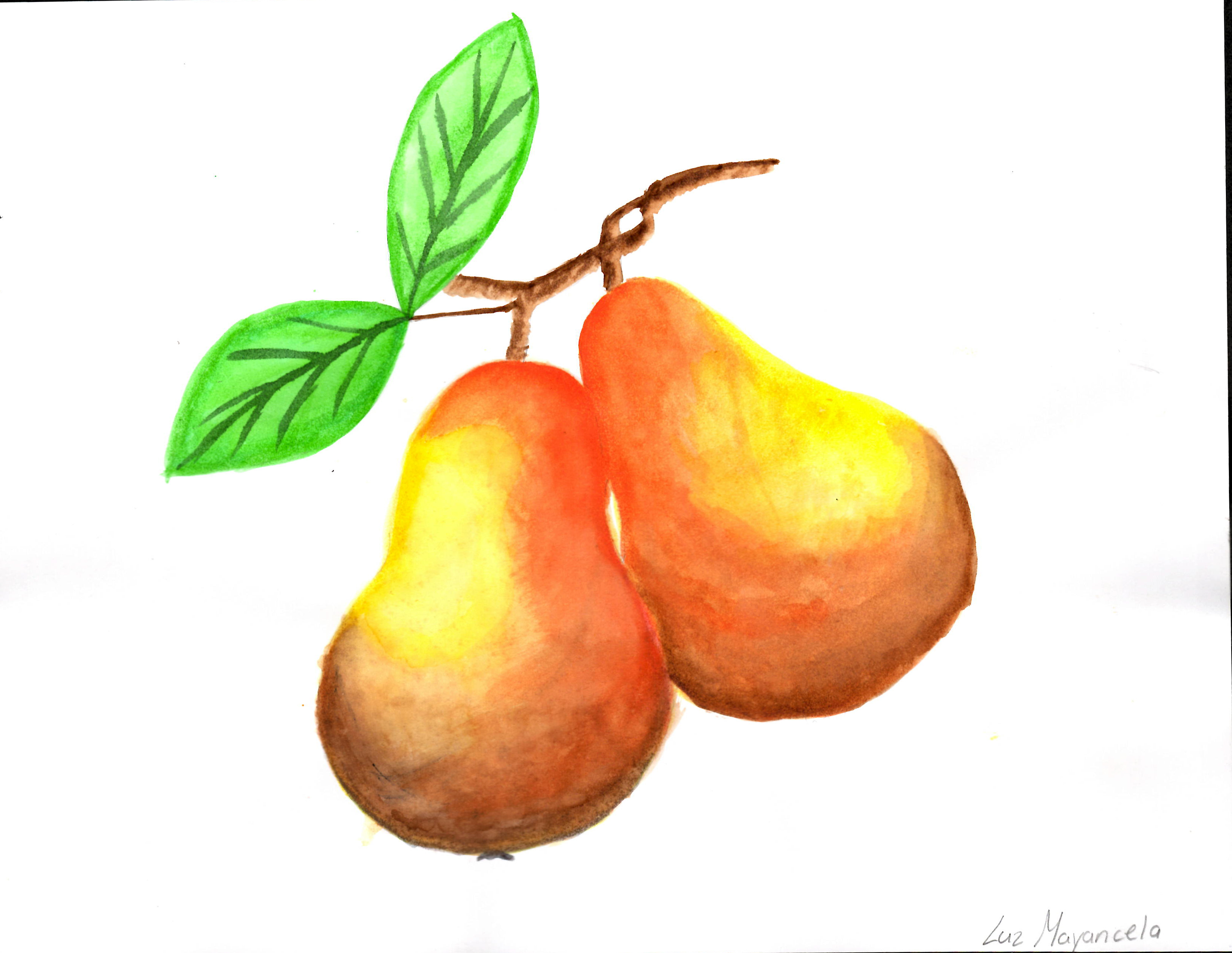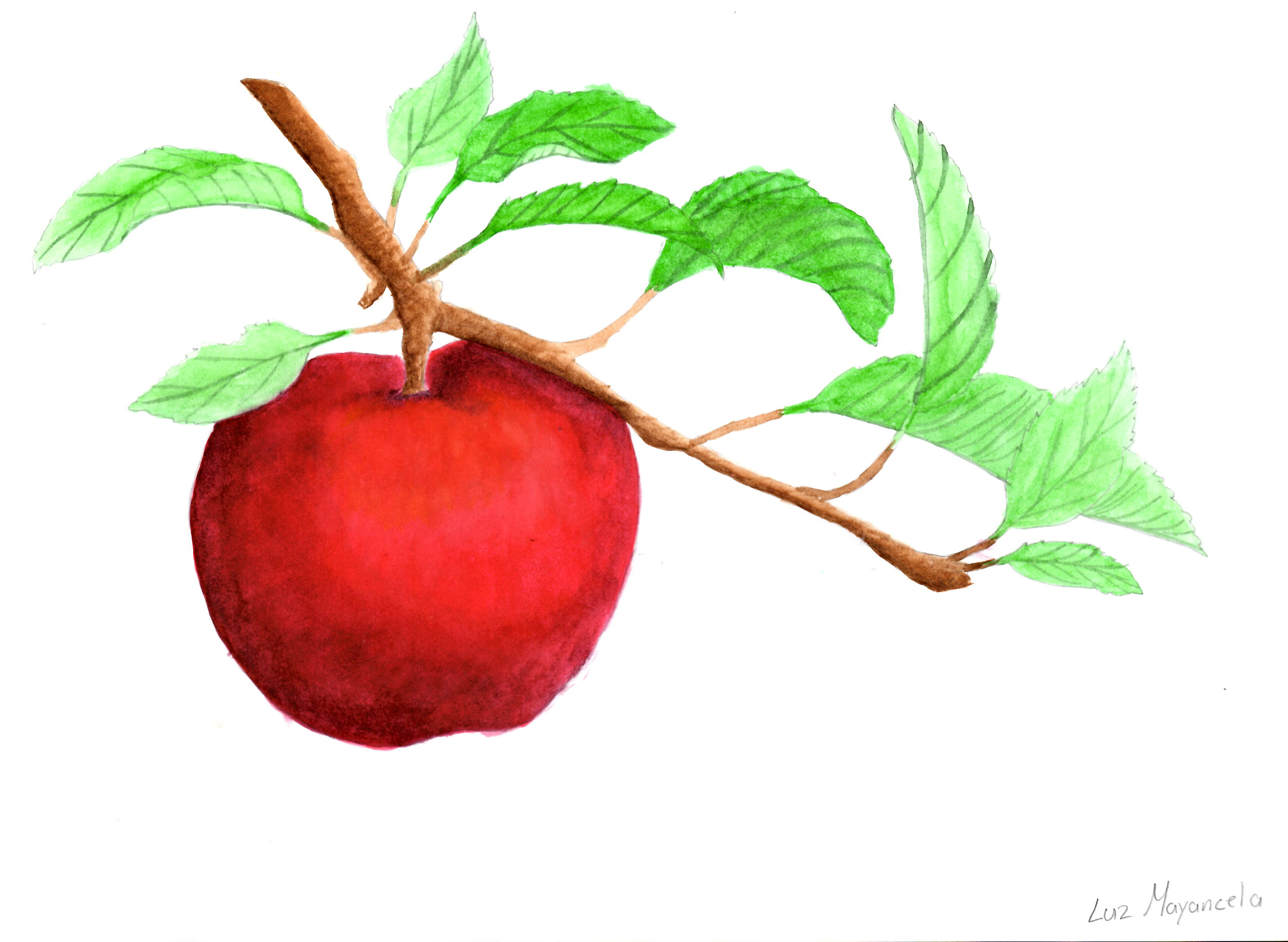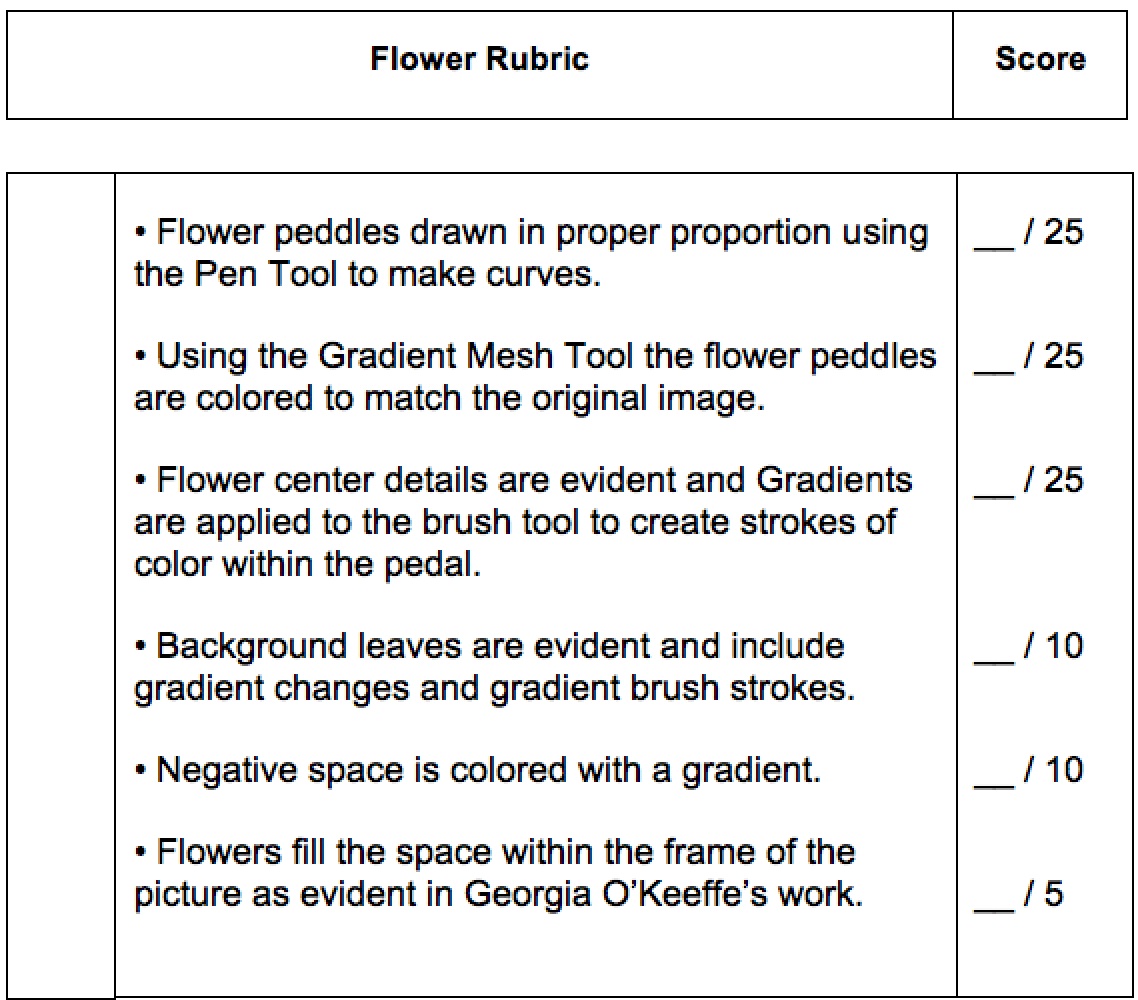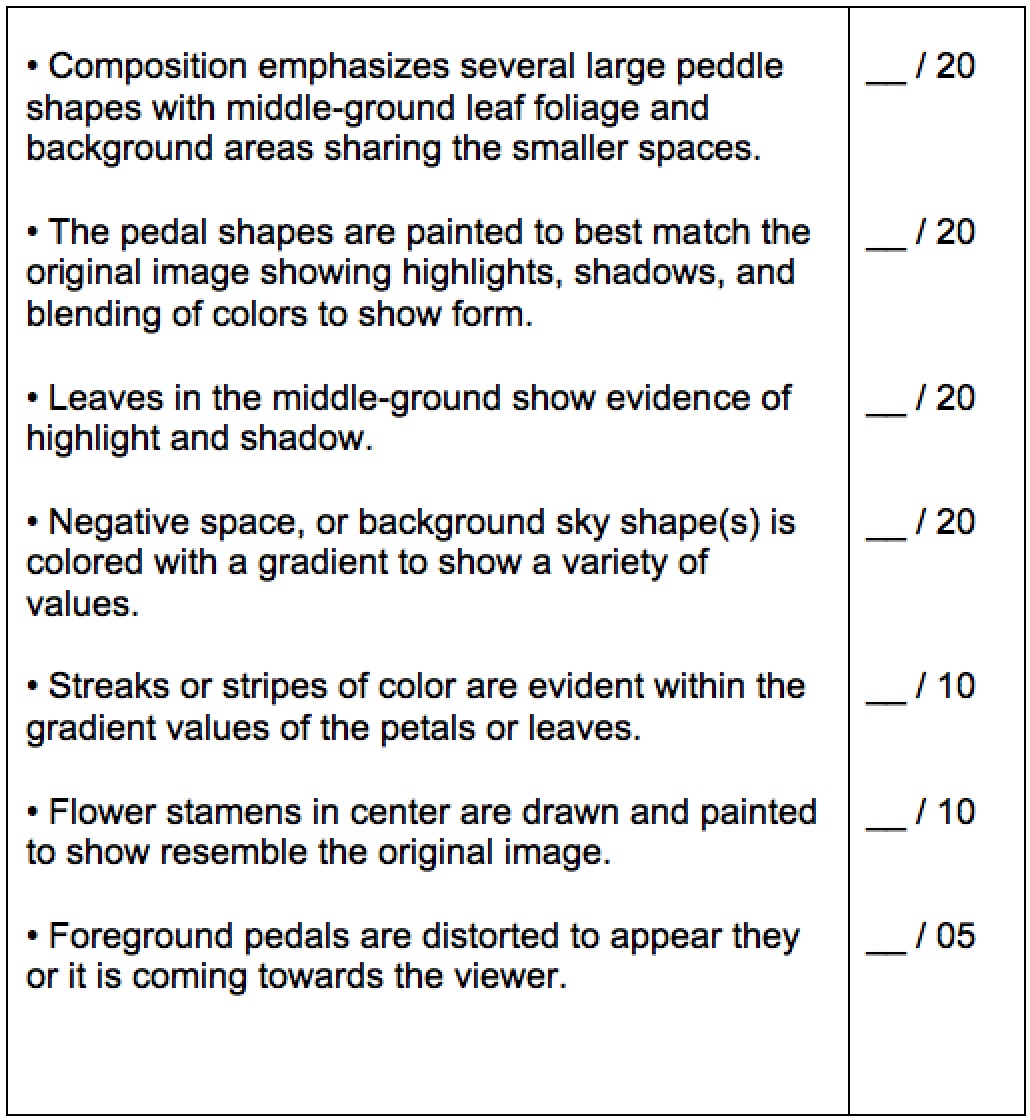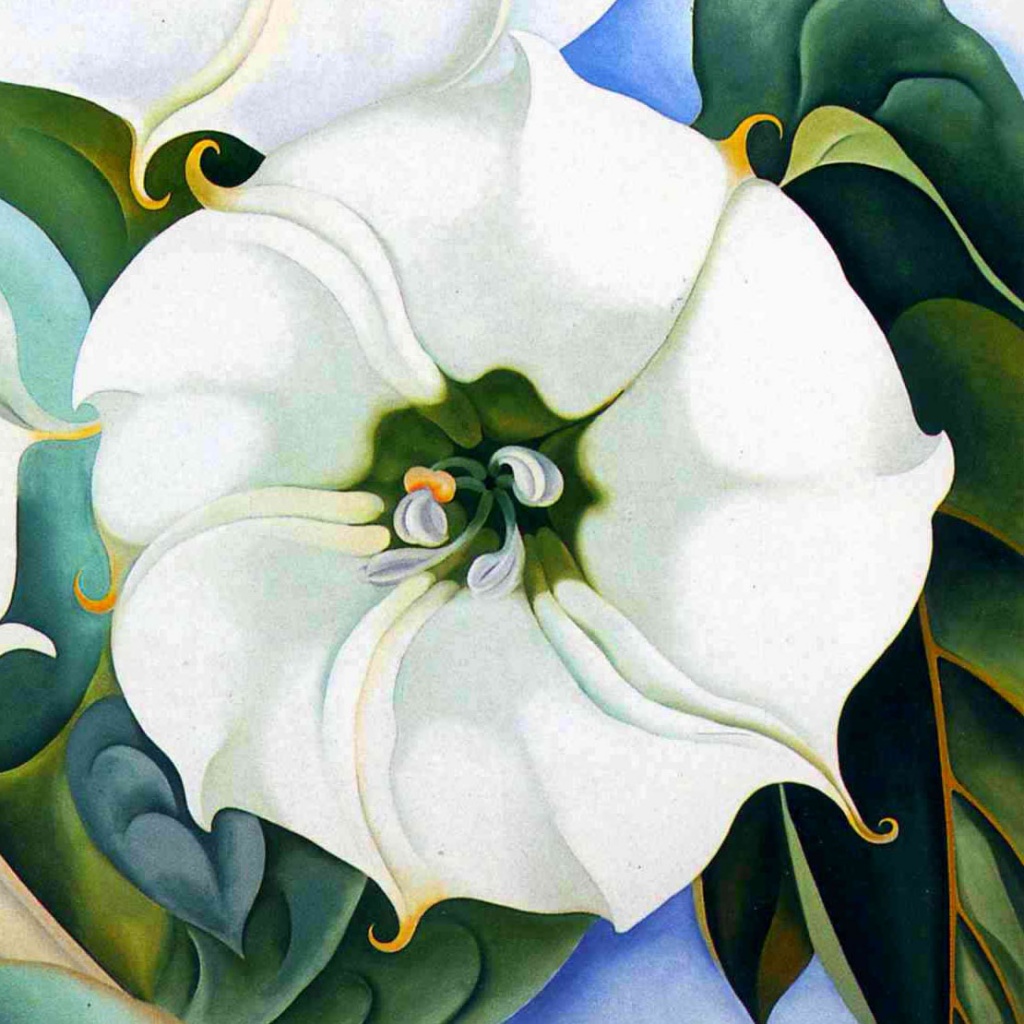
Georgia O’Keeffe was born on a small dairy farm in Wisconsin in 1887 and longed to be an artist from when she was a child. When she was 18 she attended the Art Institute of Chicago and a year later went to study at the Art Students League of New York. She worked briefly as a commercial artist in Chicago before moving to Texas to teach. In 1922, at the age of 35, she married photographer and gallery owner Alfred Stieglitz and she became very famous for her large flower paintings. After her husband died in 1946, she moved to New Mexico to paint the desert scenes. Her fame continued to grow throughout the 1950s and 1960s. In 1971 her eyesight deteriorated dramatically and she couldn’t paint for 3 years. In 1985 she received the Medal of the Arts from President Reagan.
Imagine you are a bee and you land on a flower, one pedal is the size of your living room. Looking out you see four or five more broad-leaf pedals bending, folding inward, sometimes curling at the end. How would you draw a flower from the perspective of a bee? Analyze the paintings and identify the shapes you see, what would you call that shape? In this project use one of the images provided below to draw a closeup view of a flower on a 9″ x 12″ piece of white paper. Click on the top of the image to enlarge the photo and right click to save the image onto your device. Sketch lightly and expand your flower to the outside edge of the paper. Compose a middle-ground of leaves and foliage to break up the background area into smaller spaces.
There are many Principles of light and color, a few include Hue, Saturation, and Intensity/Vibrance. Your phone’s camera has the capabilities to adjust these properties to allow you to create effects to your photos. Create a Georgia O’Keeffe styled flower by taking a close-up picture of a flower and apply dramatic effects by using the Saturation and Vibrance setting’s adjustments on your phone’s photo app.
FattaCast™ Drawing a Flower
FattaCast™ Painting a Flower
O’Keeffe’s Flowers
Student Artwork
Learning Target Assessment: I can assess, refine, and evaluate my drawings by comparing them to established criteria listed in the project rubric and adding attributes that are missing or need more refining.
Questions to Consider
What are the different parts of Georgia O’keeffe’s Landscapes?
How are Georgia’s Landscape paintings similar to her flower paintings?
How did the New Mexico environment effect her painting?
What aspects of the desert environment did she use in her painting?
How are her paintings similar to the photos of New Mexico?What details of the desert was she able to capture in her paintings?Which do you suppose she enjoyed painting more NY city or the desert?Why do you assume that position, what evidence do you have?
The National Core Arts Standards
VA:Cr1.1.HSI Use multiple approaches to begin creative endeavors.
VA:Cr1.2.HSI Shape an artistic investigation of an aspect of present-day life using a contemporary practice of art or design.
VA:Cr2.1.HSI Engage in making a work of art or design without having a preconceived plan.
VA:Cr3.1.HSI Apply relevant criteria from traditional and contemporary cultural contexts to examine, reflect on, and plan revisions for works of art and design in progress.
Presenting
VA:Pr.4.1.HSI Analyze, select, and curate artifacts and/or artworks for presentation and preservation.
VA:Pr5.1.HSI Analyze and evaluate the reasons and ways an exhibition is presented.
Responding
VA:Re7.1.HSI Hypothesize ways in which art influences perception and understanding of human experiences.
VA:Re7.2.HSI Analyze how one’s understanding of the world is affected by experiencing visual imagery.
VA:Re9.1.HSI Establish relevant criteria in order to evaluate a work of art or collection of works.
Connecting
VA:Cn10.1.HSI Document the process of developing ideas from early stages to fully elaborated ideas.
VA:Cn11.1.HSI Describe how knowledge of culture, traditions, and history may influence personal responses to art.
